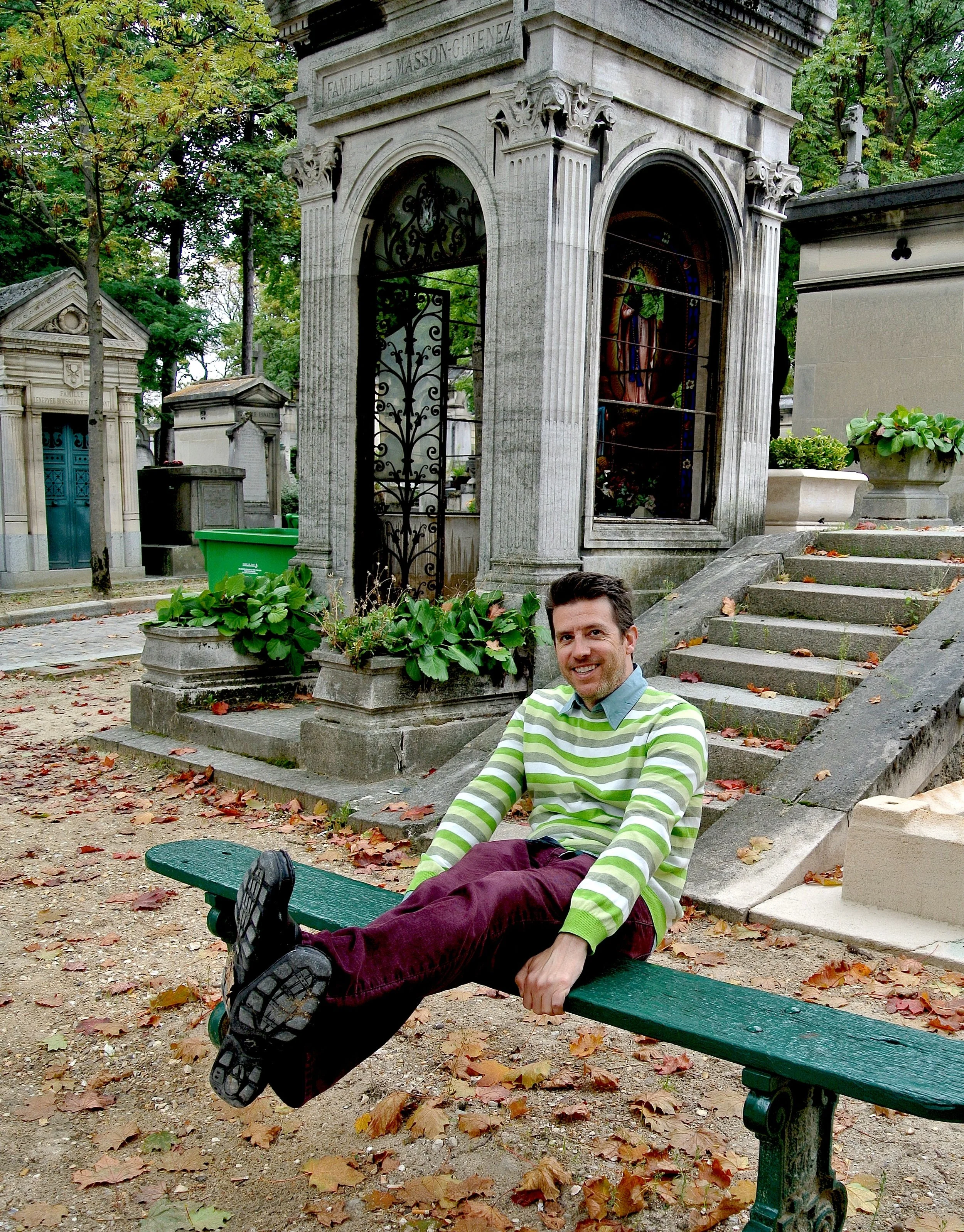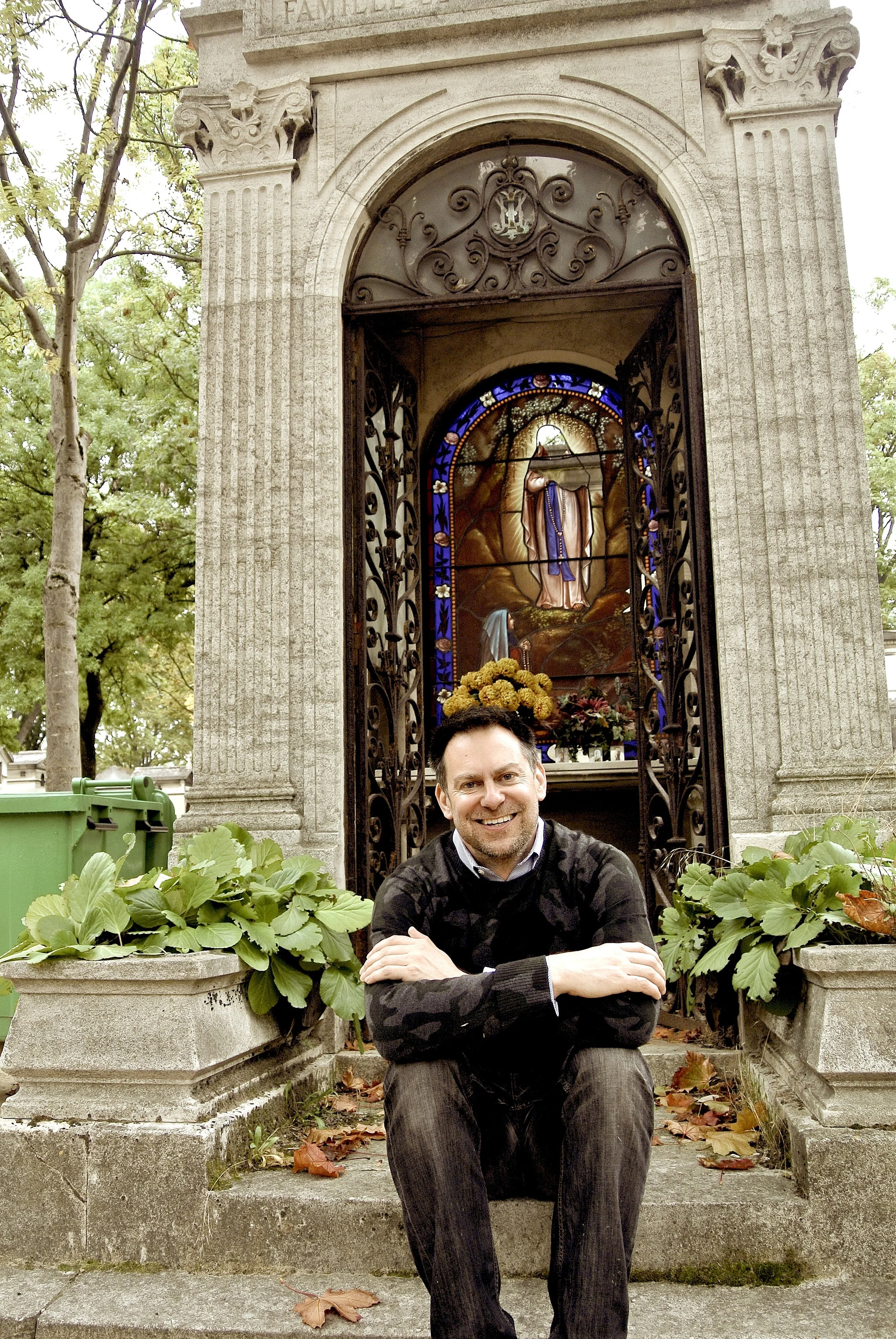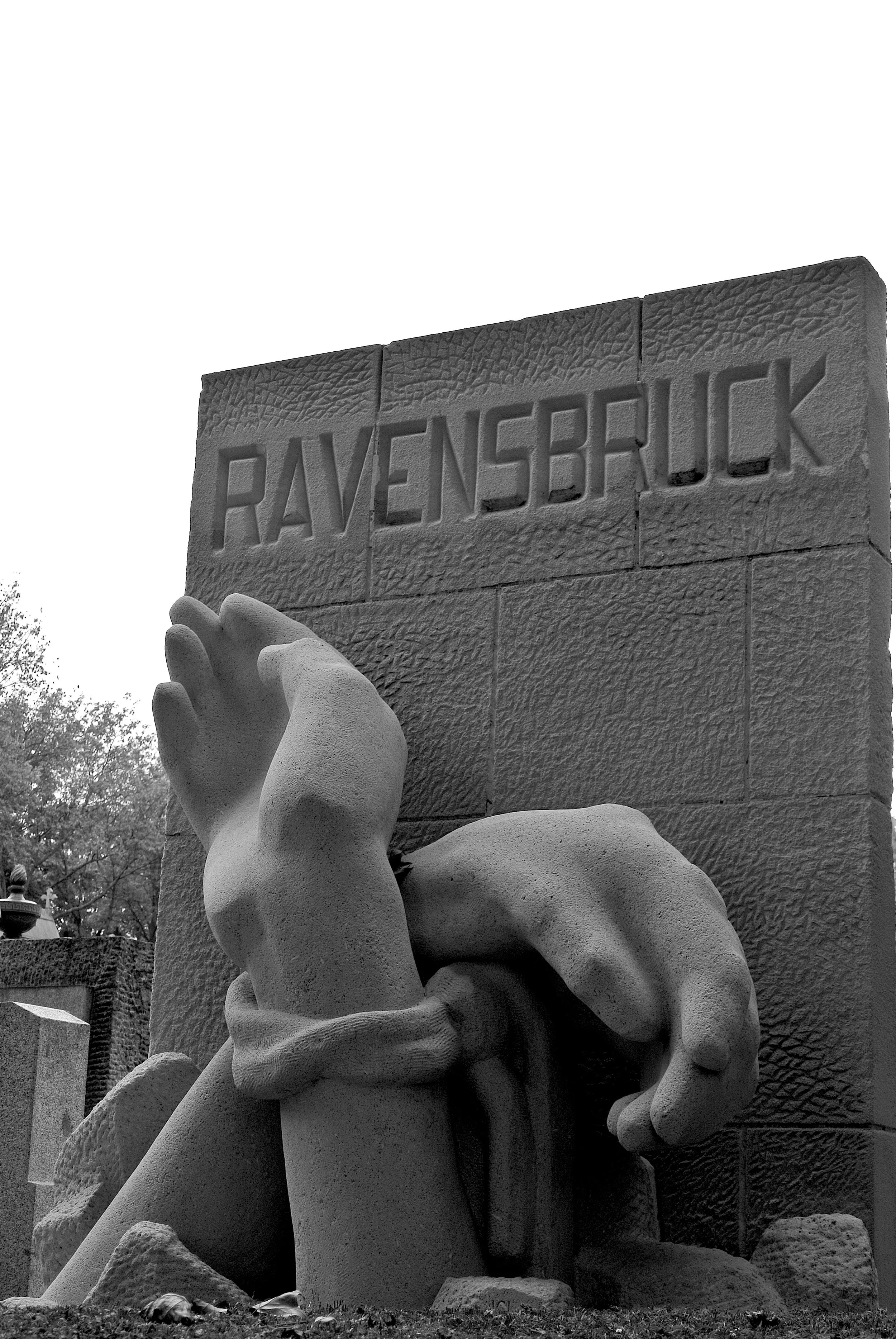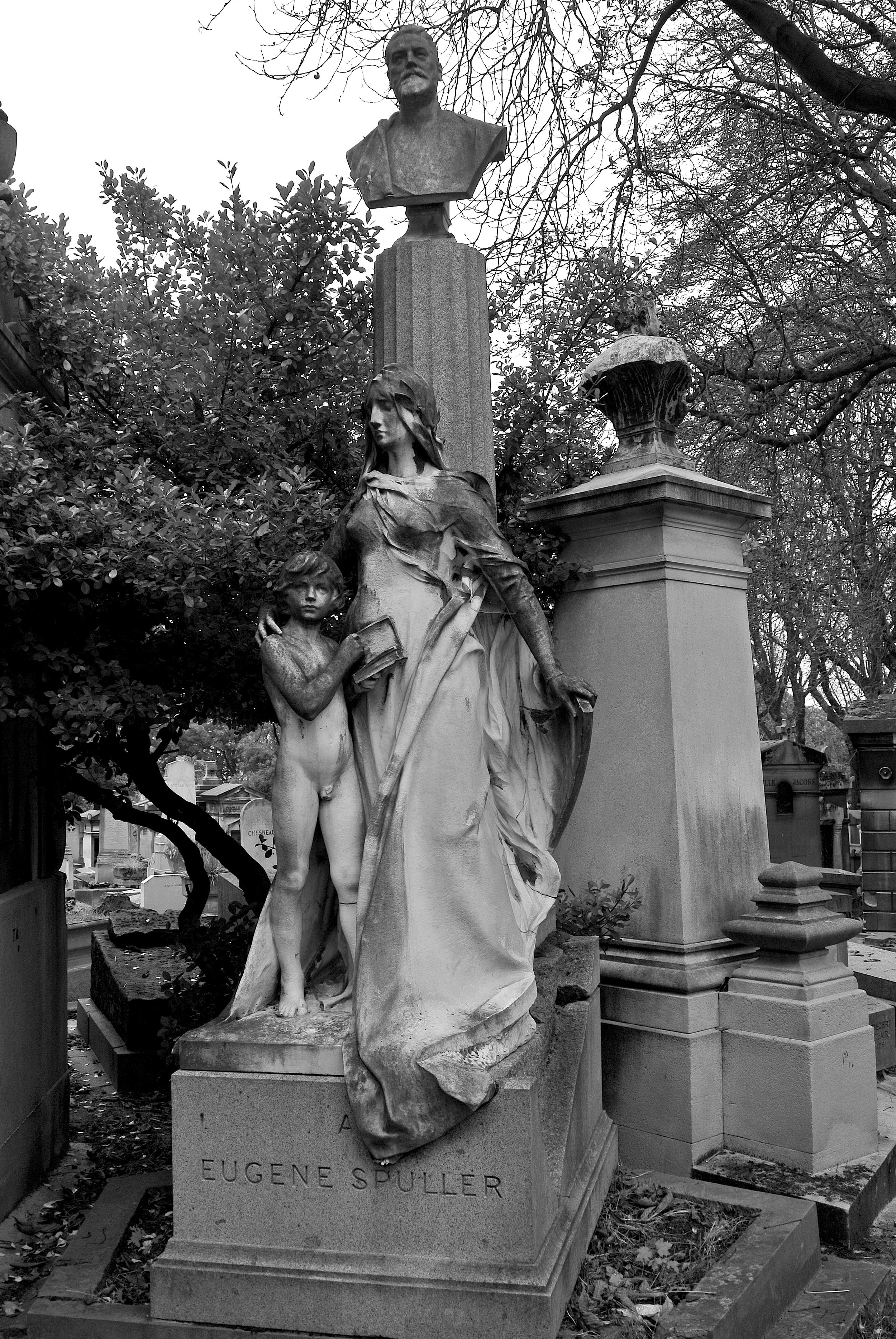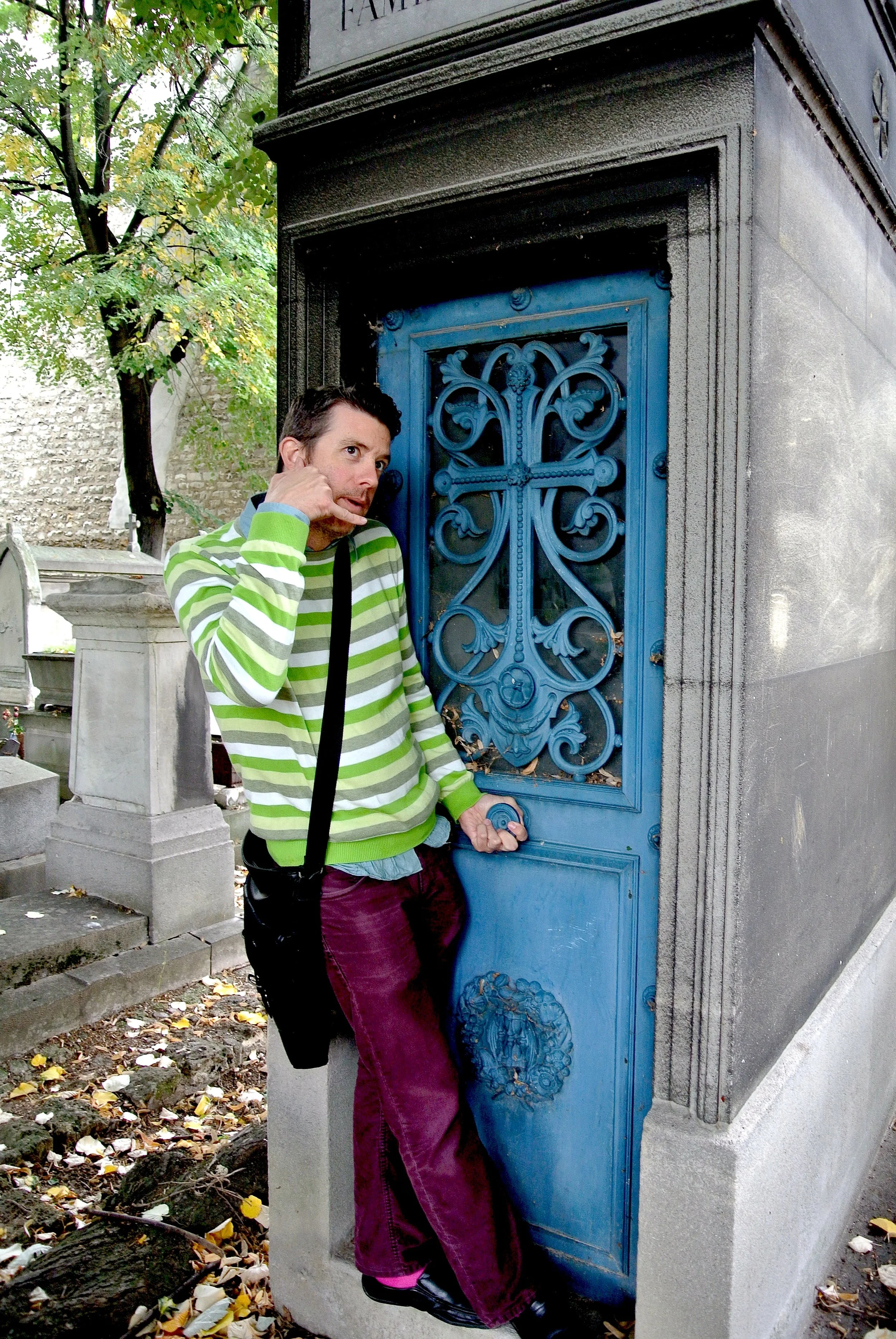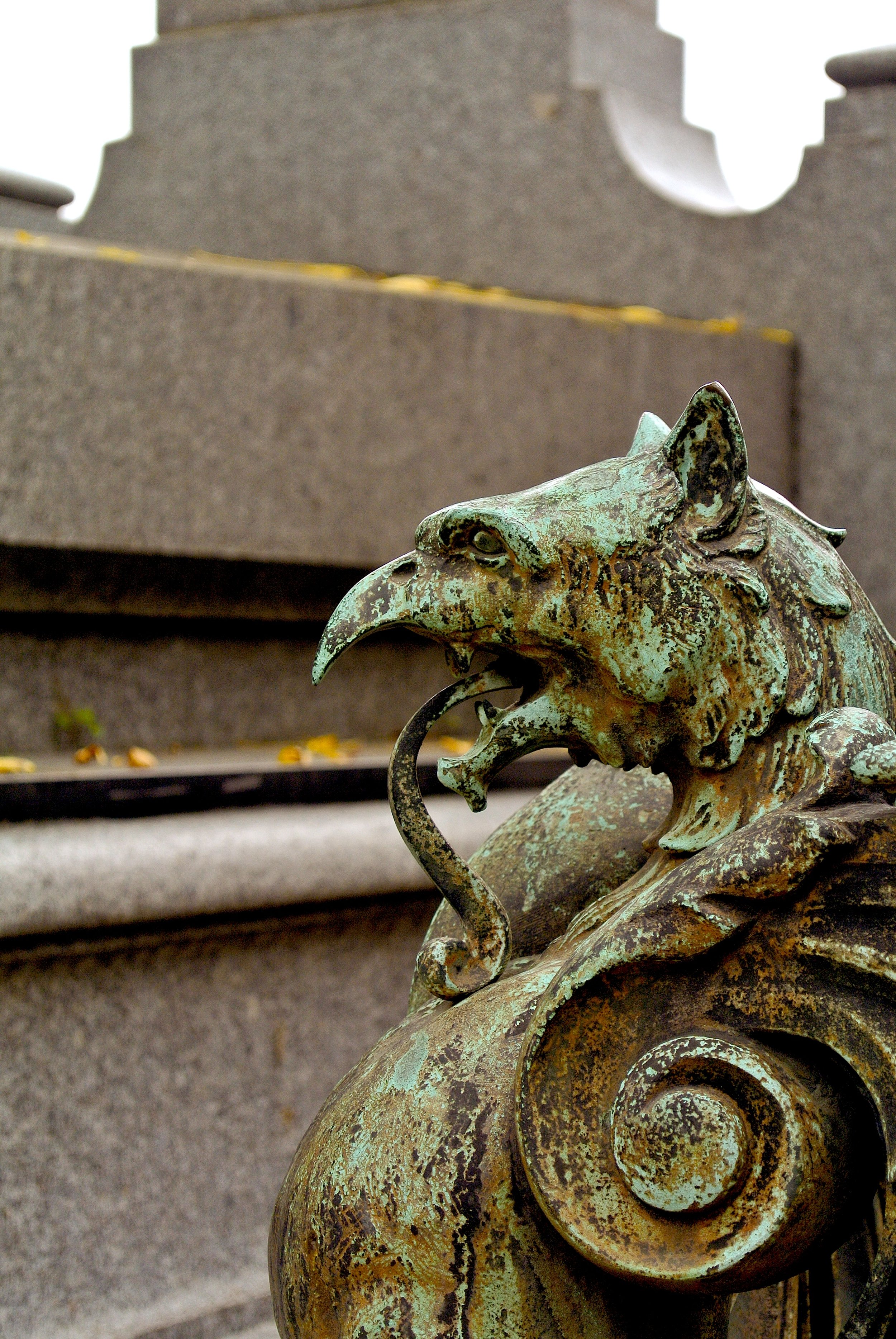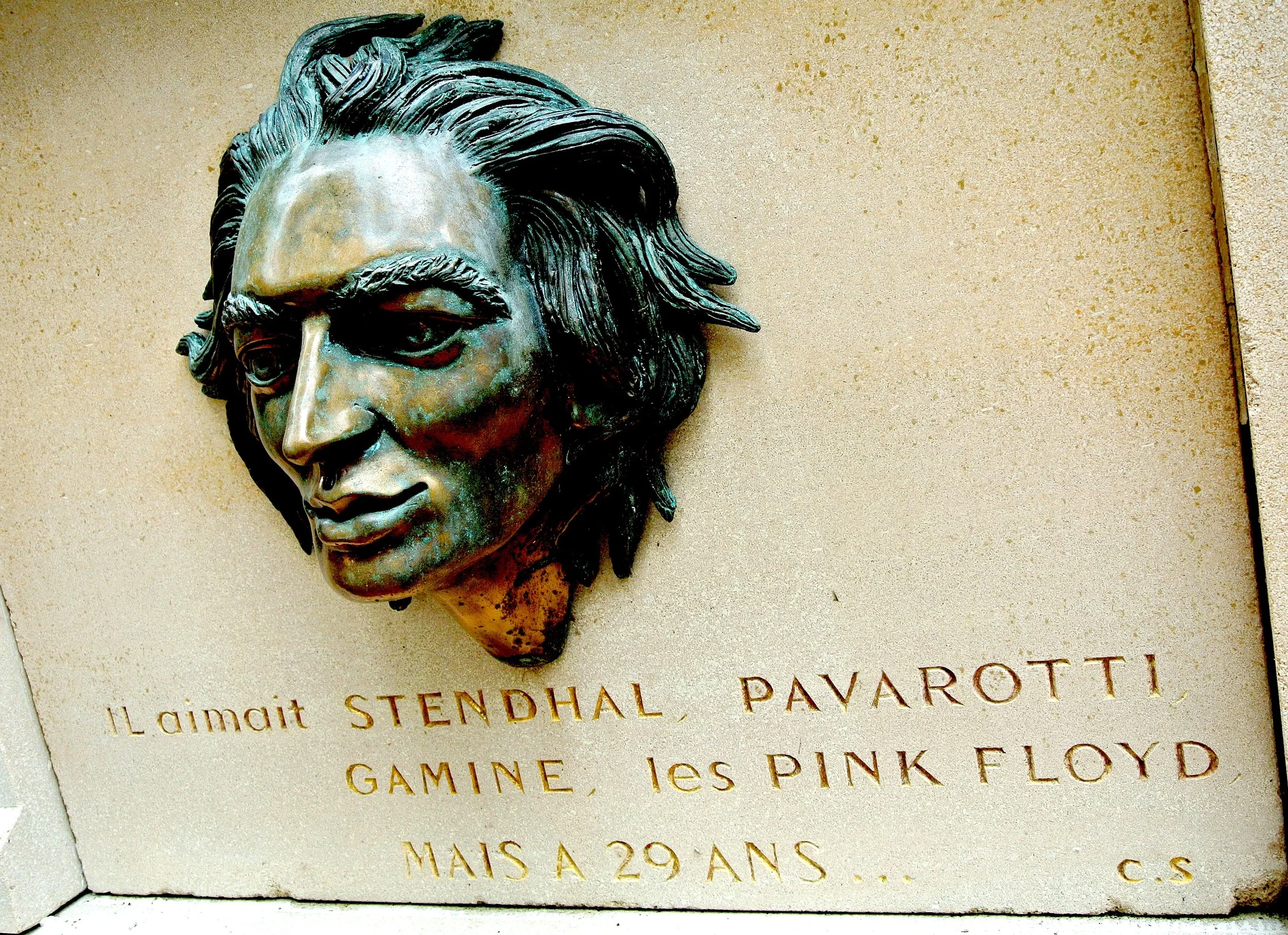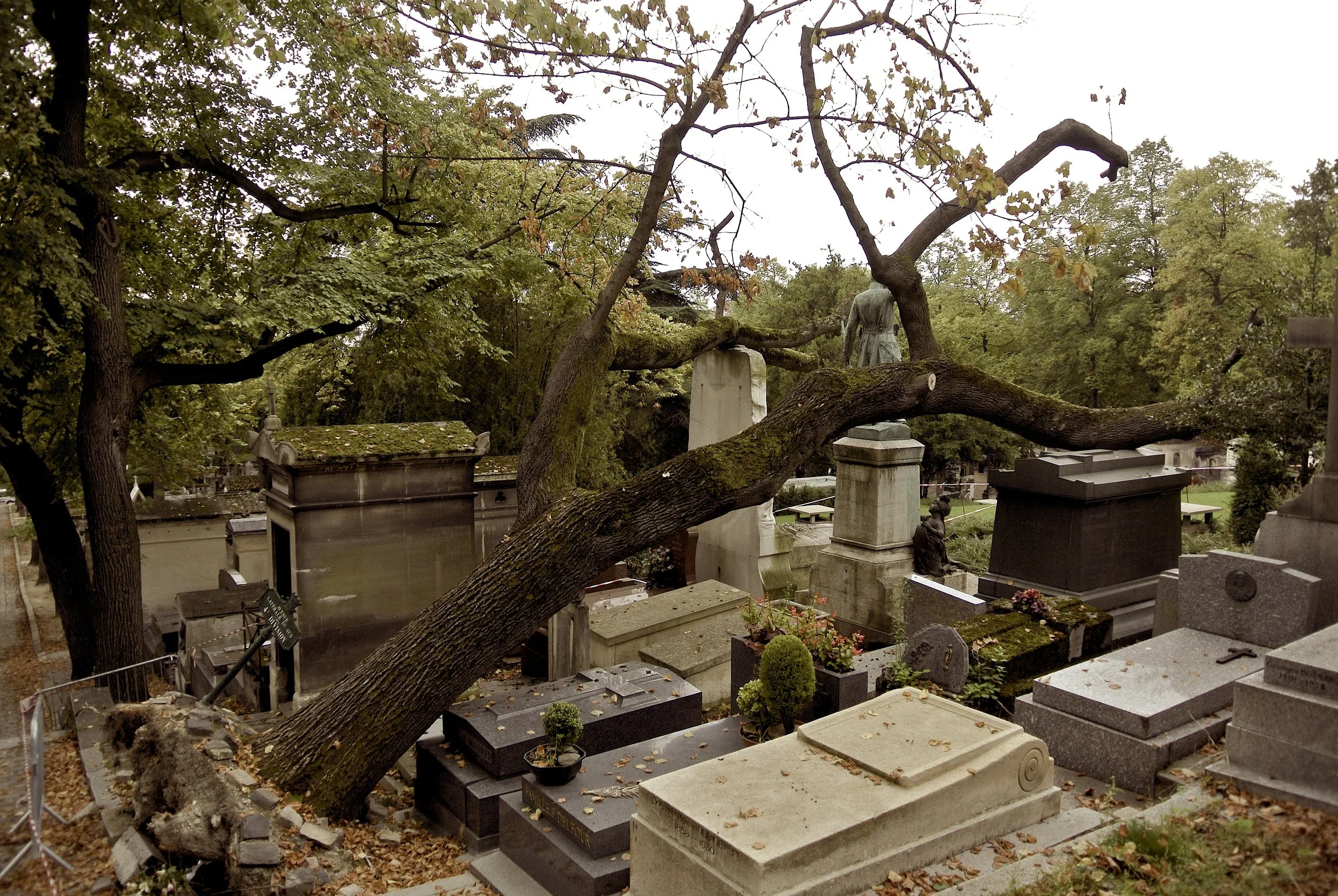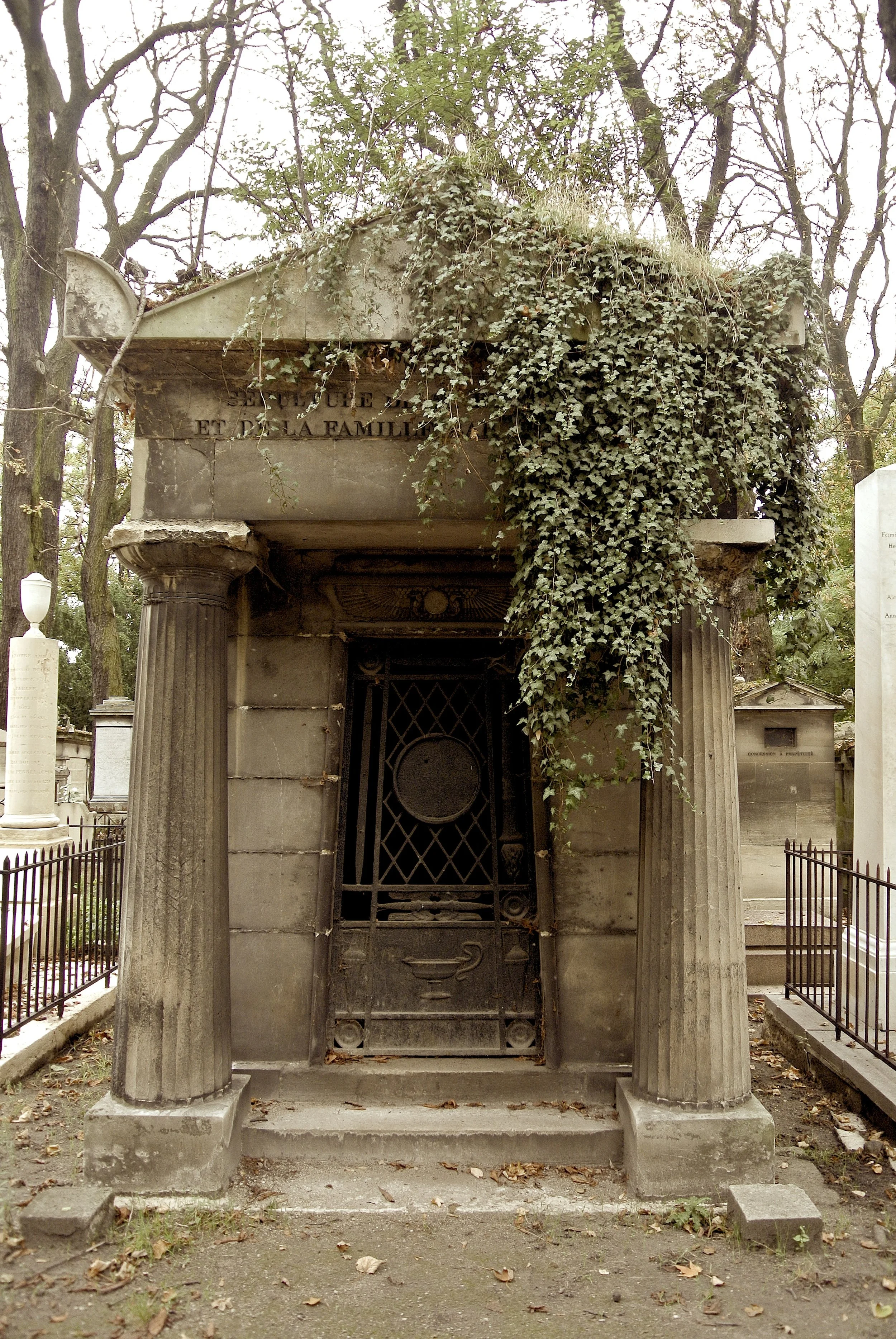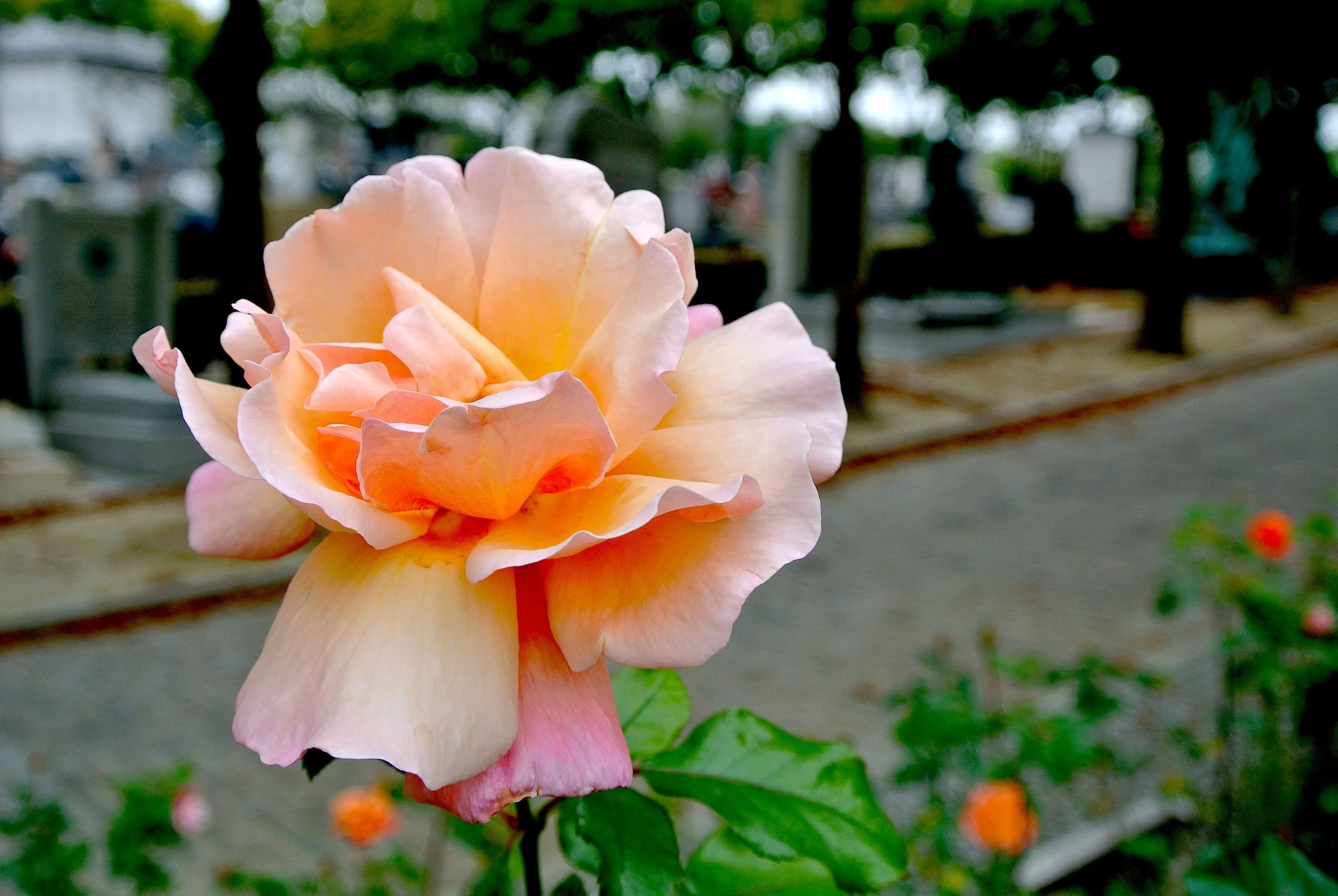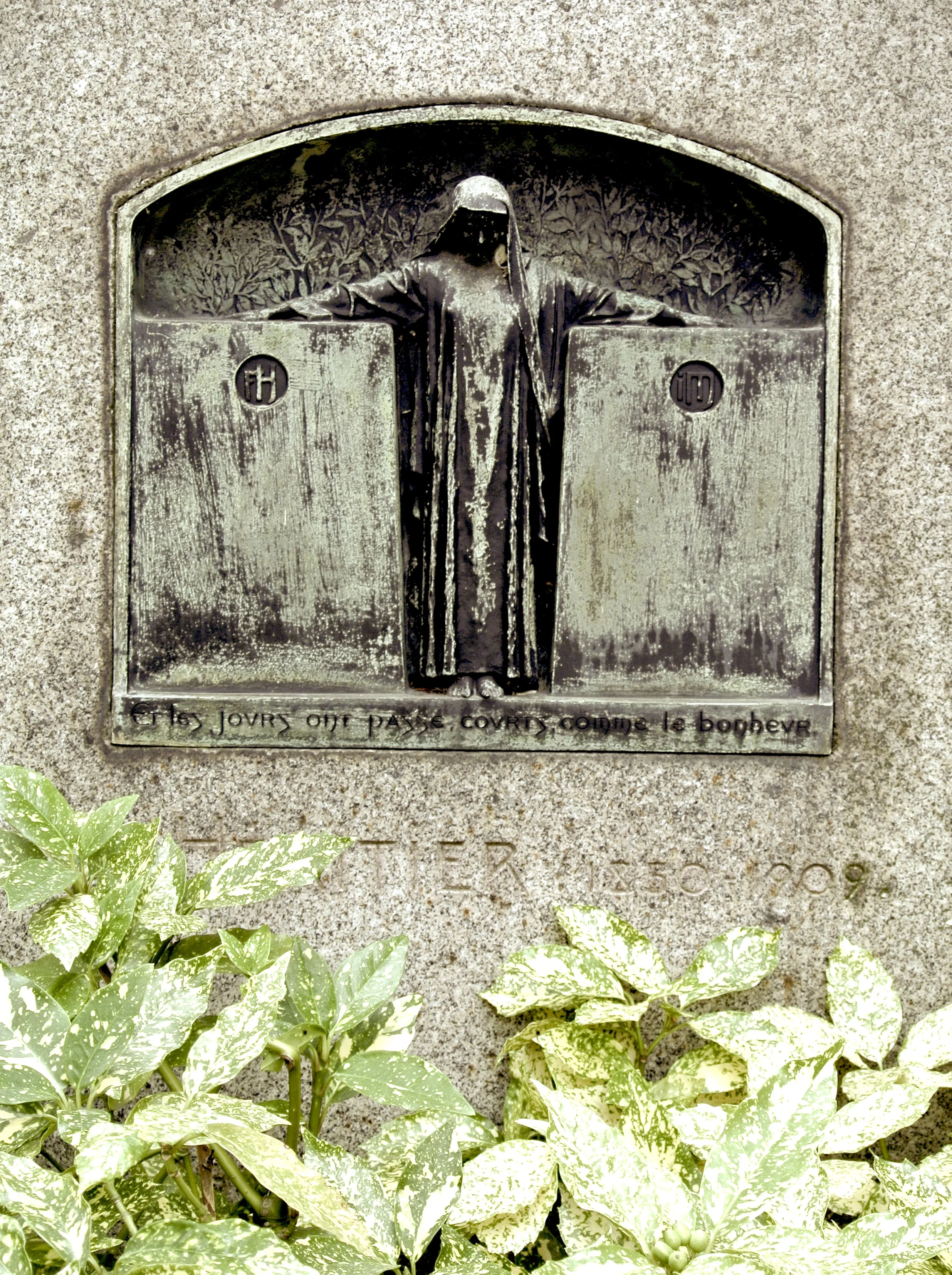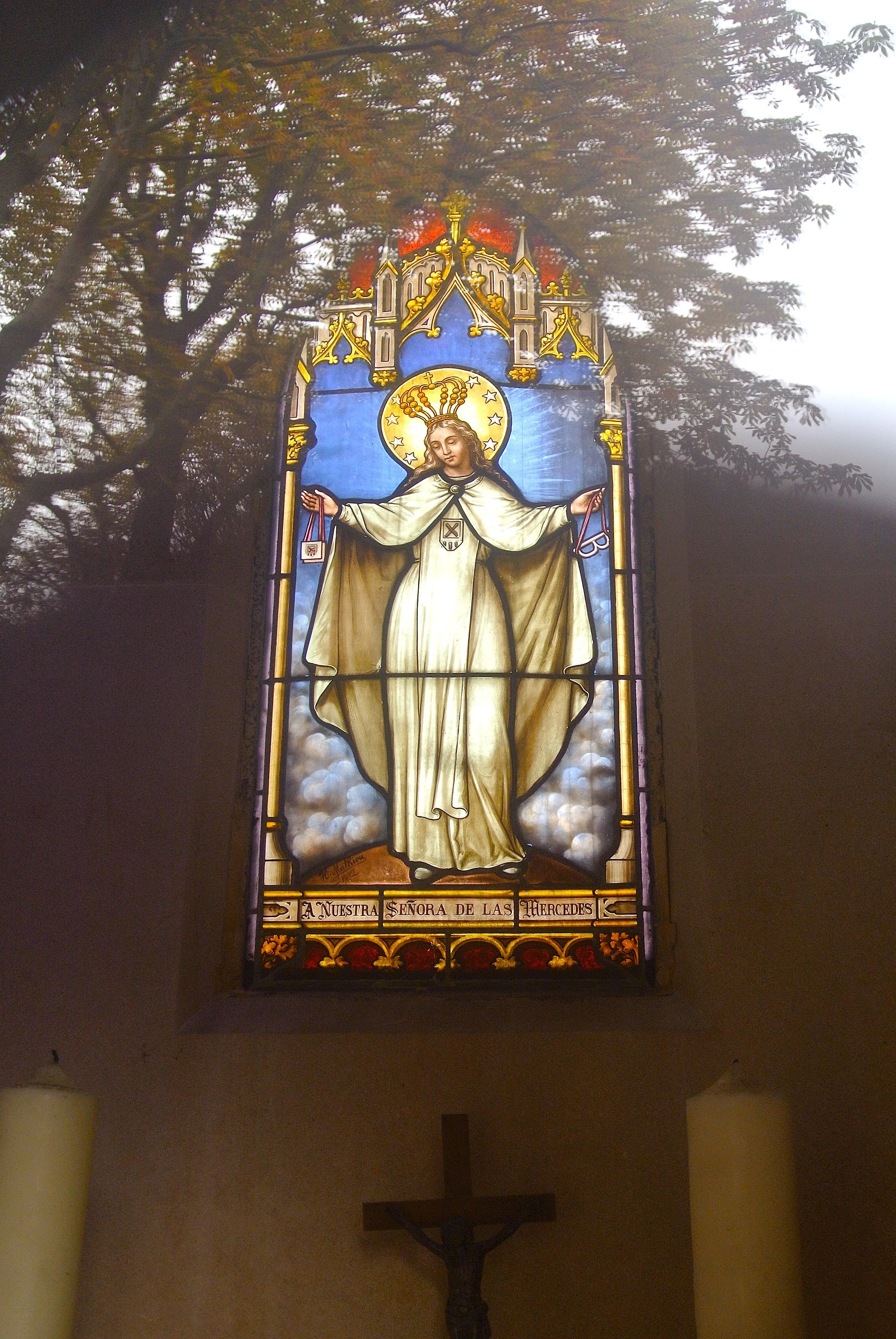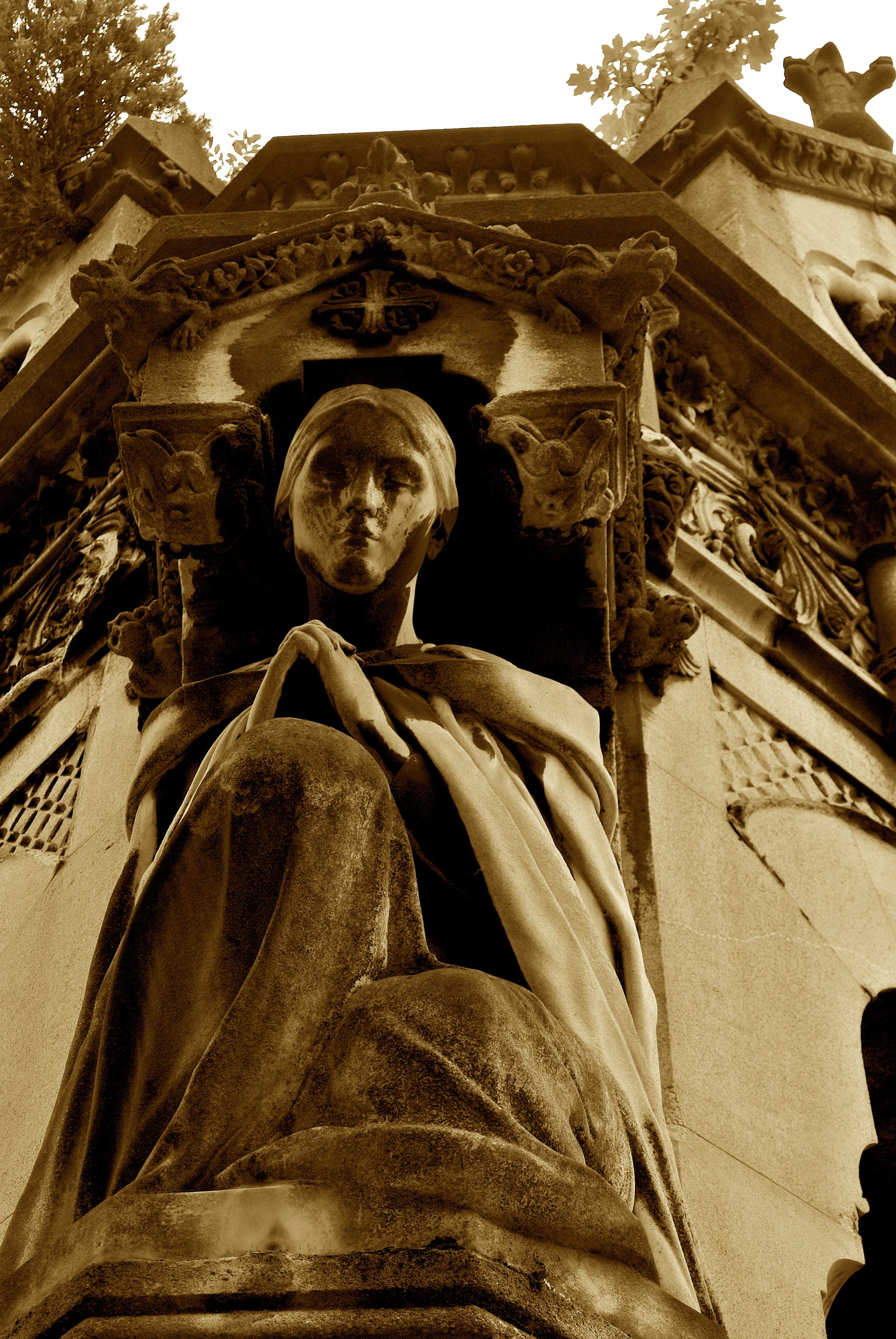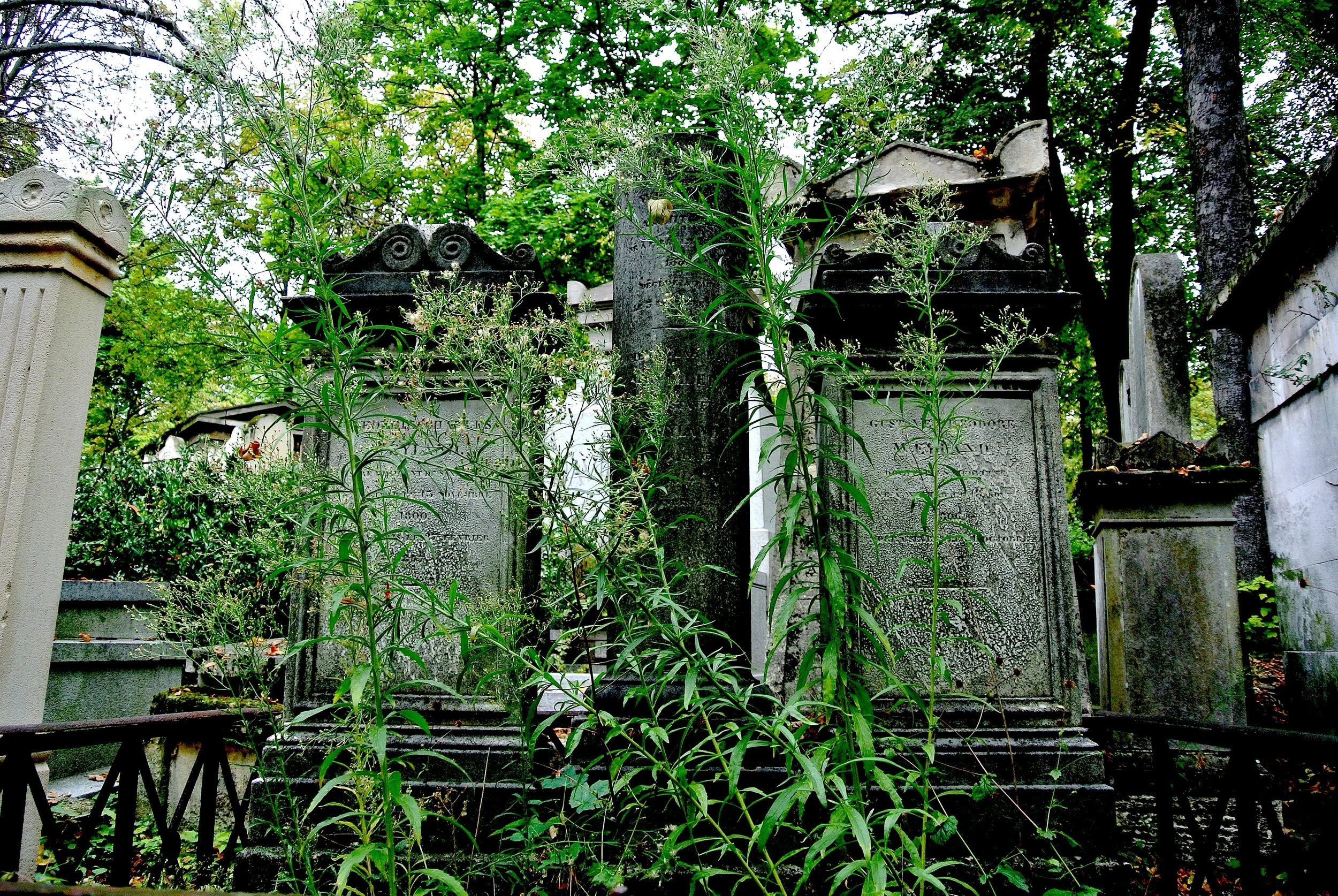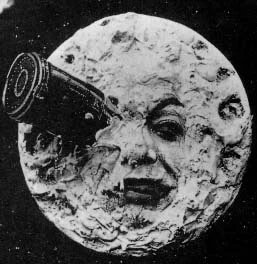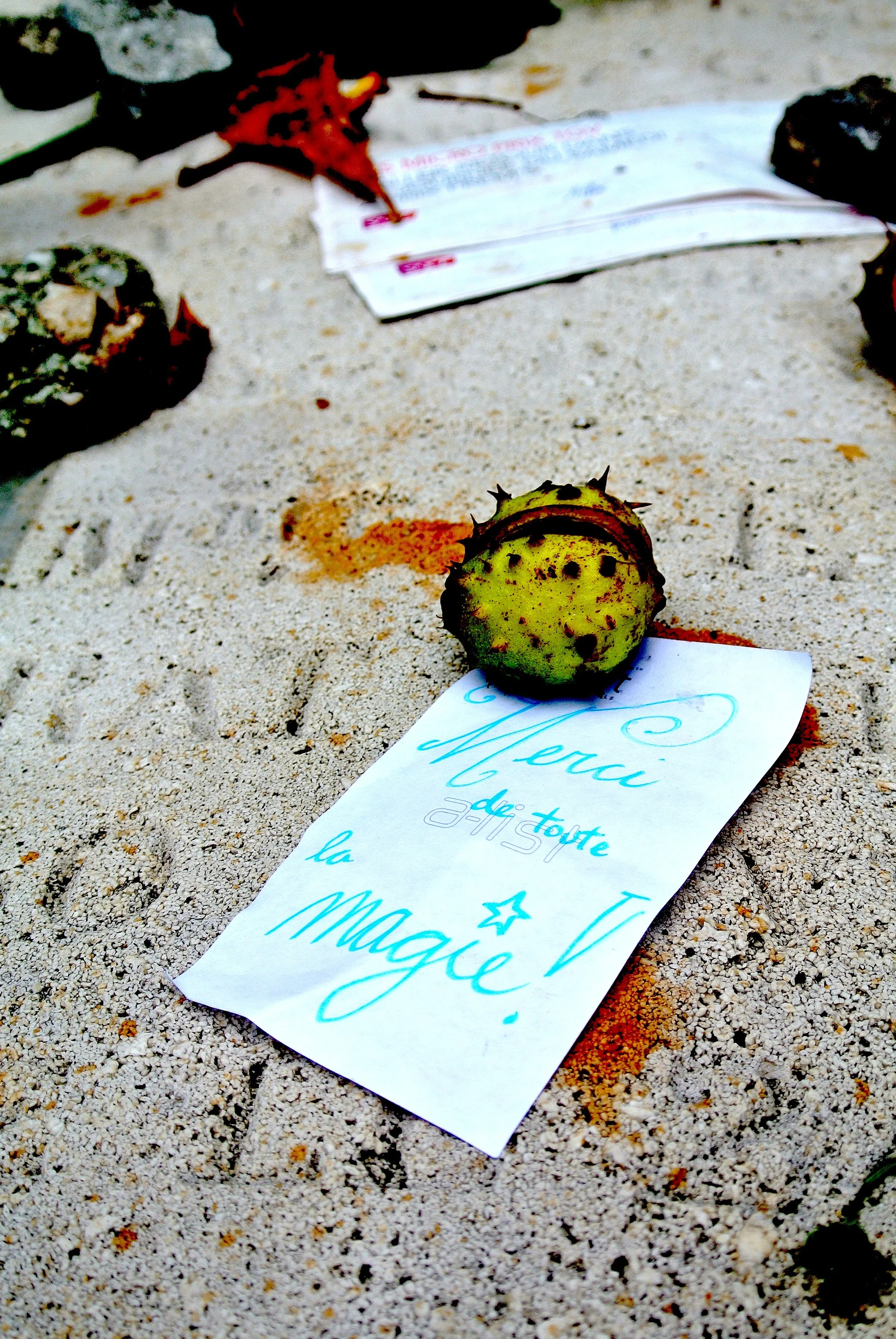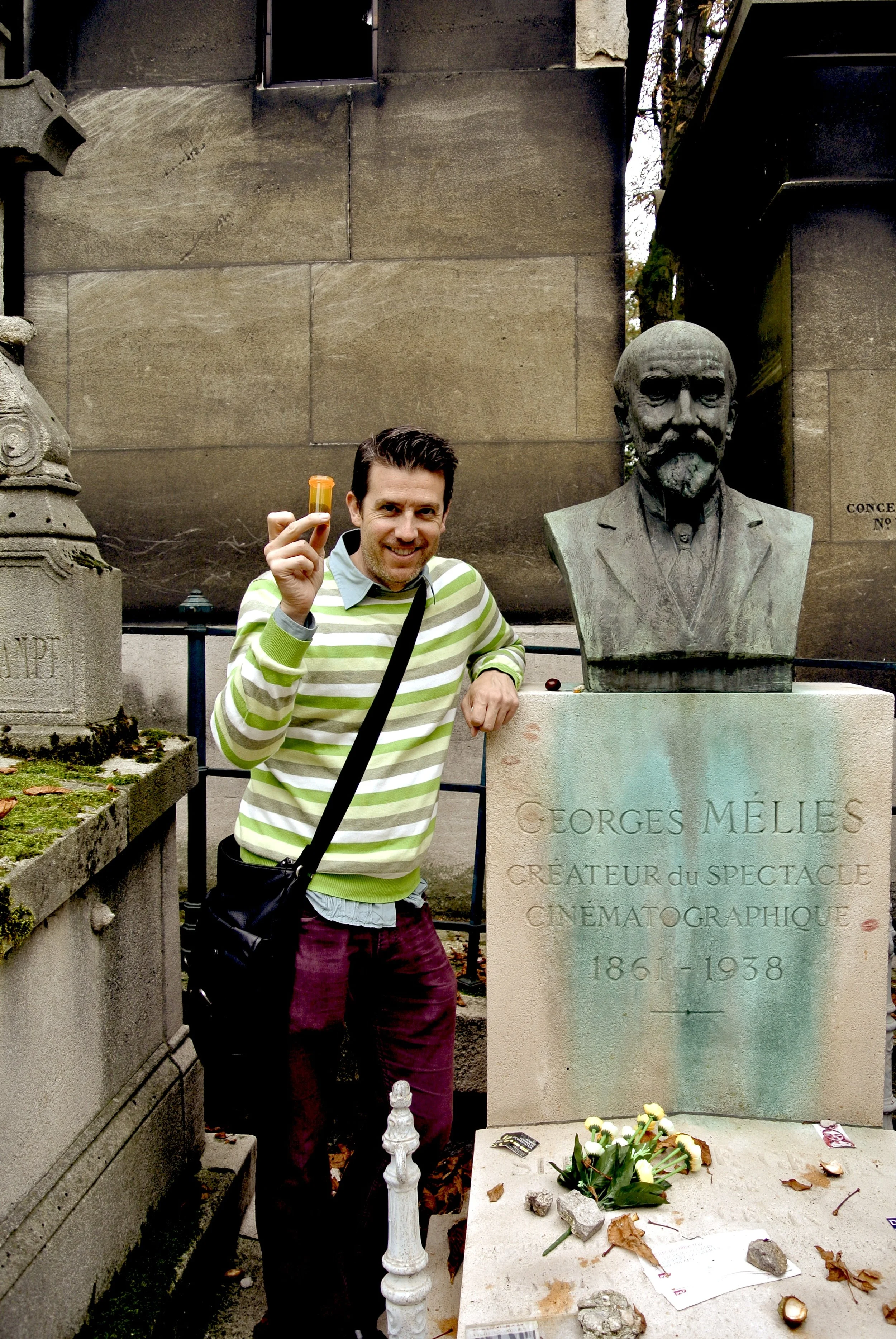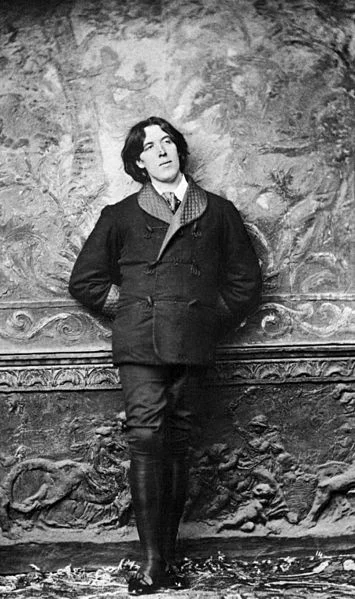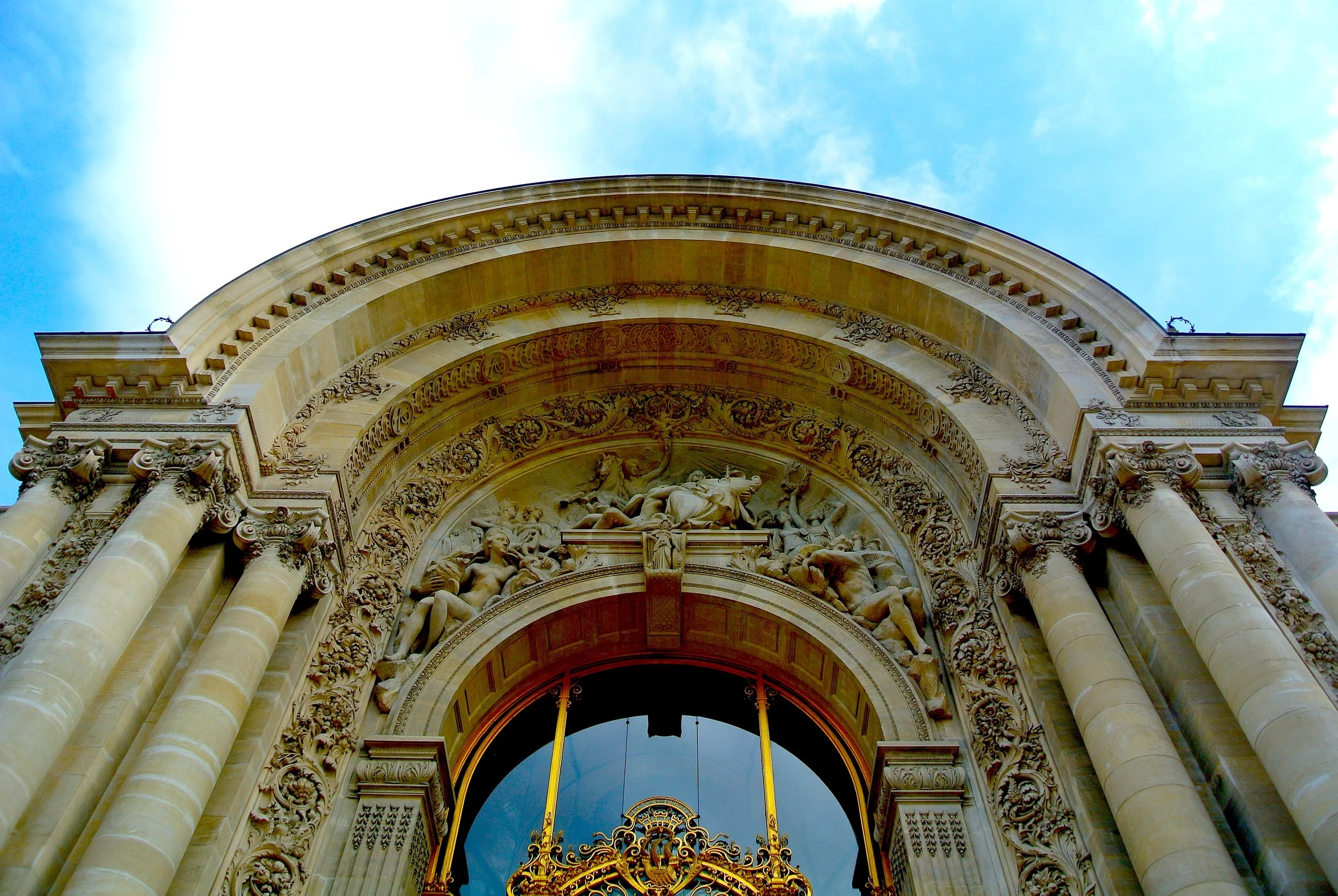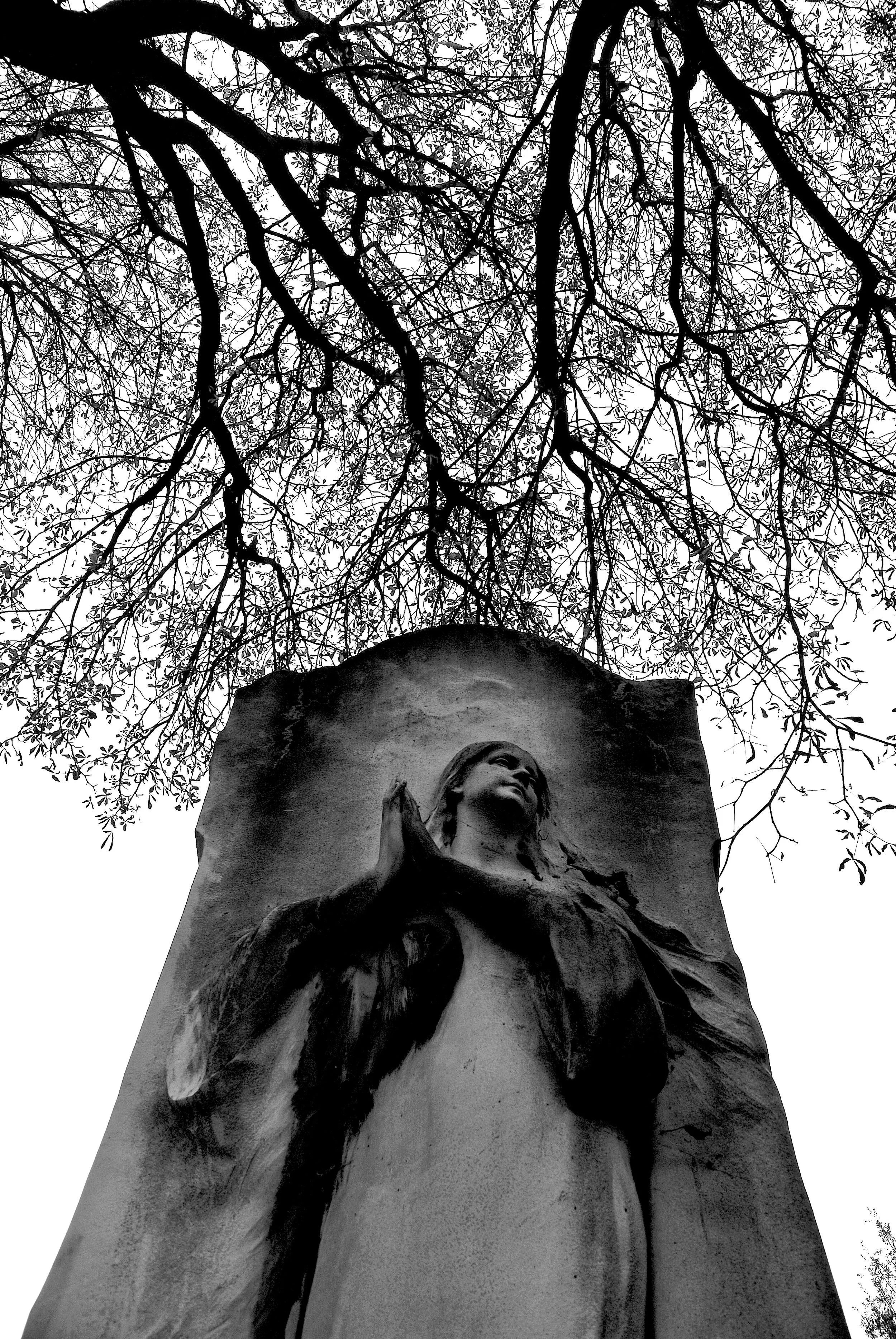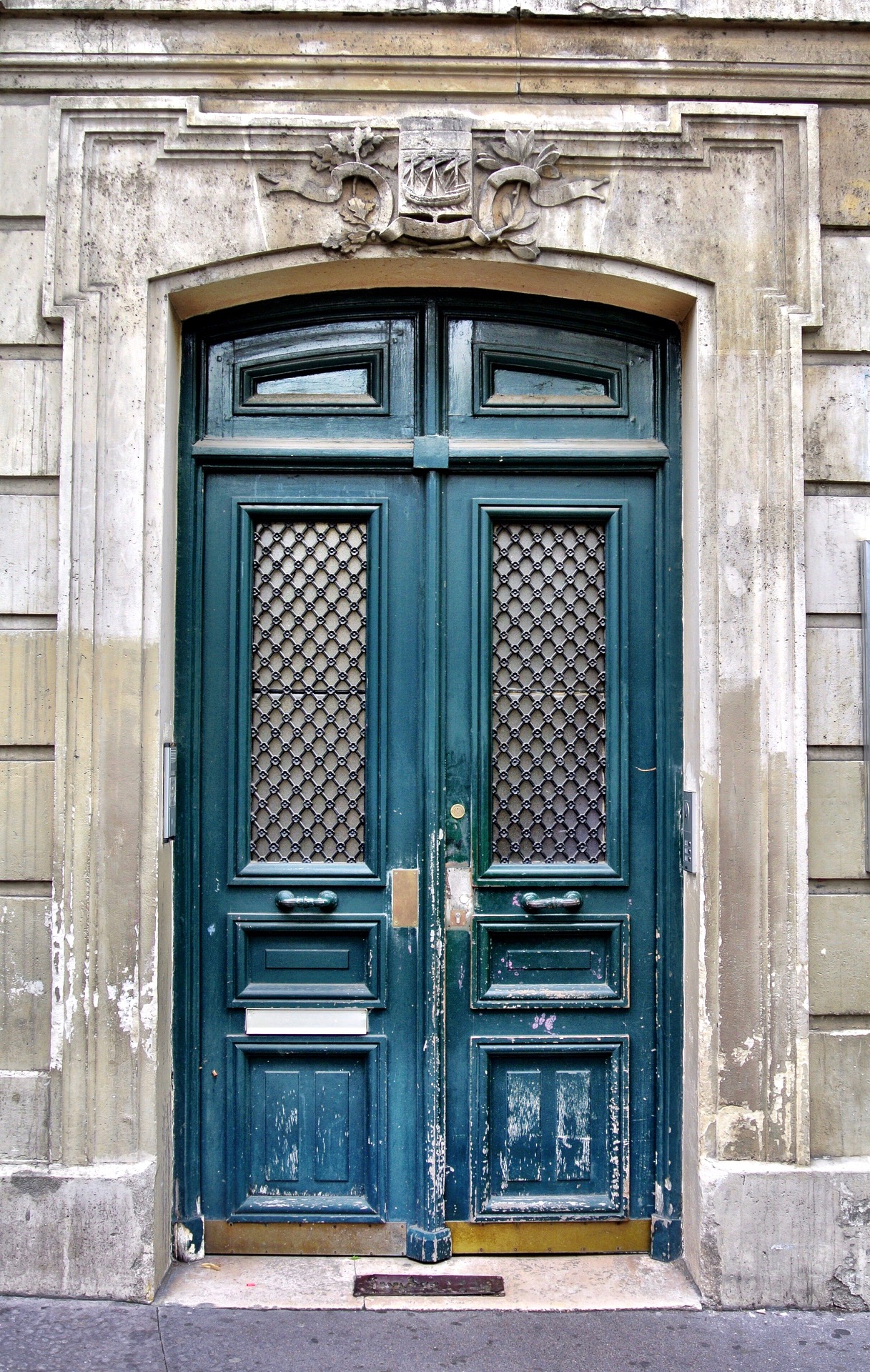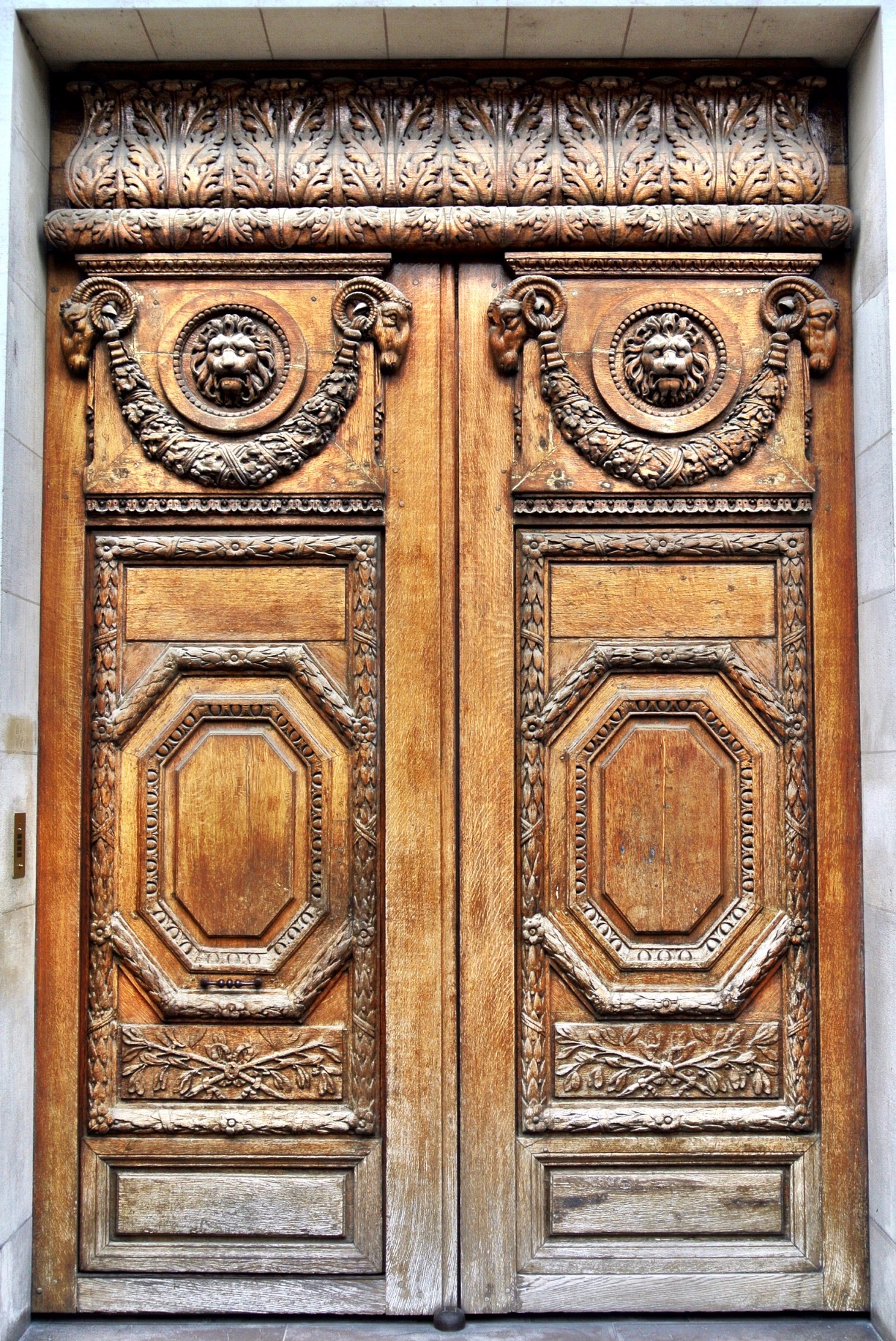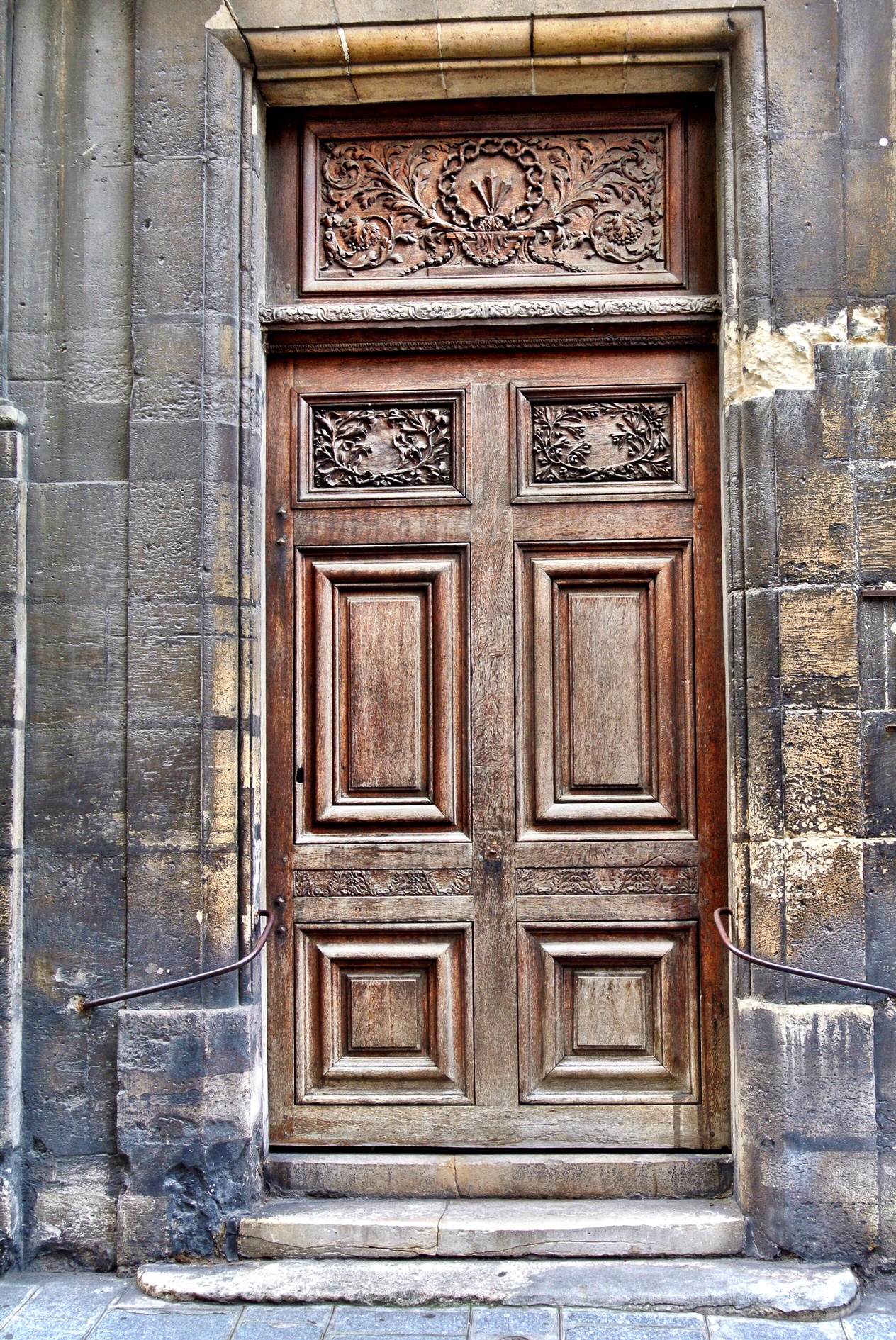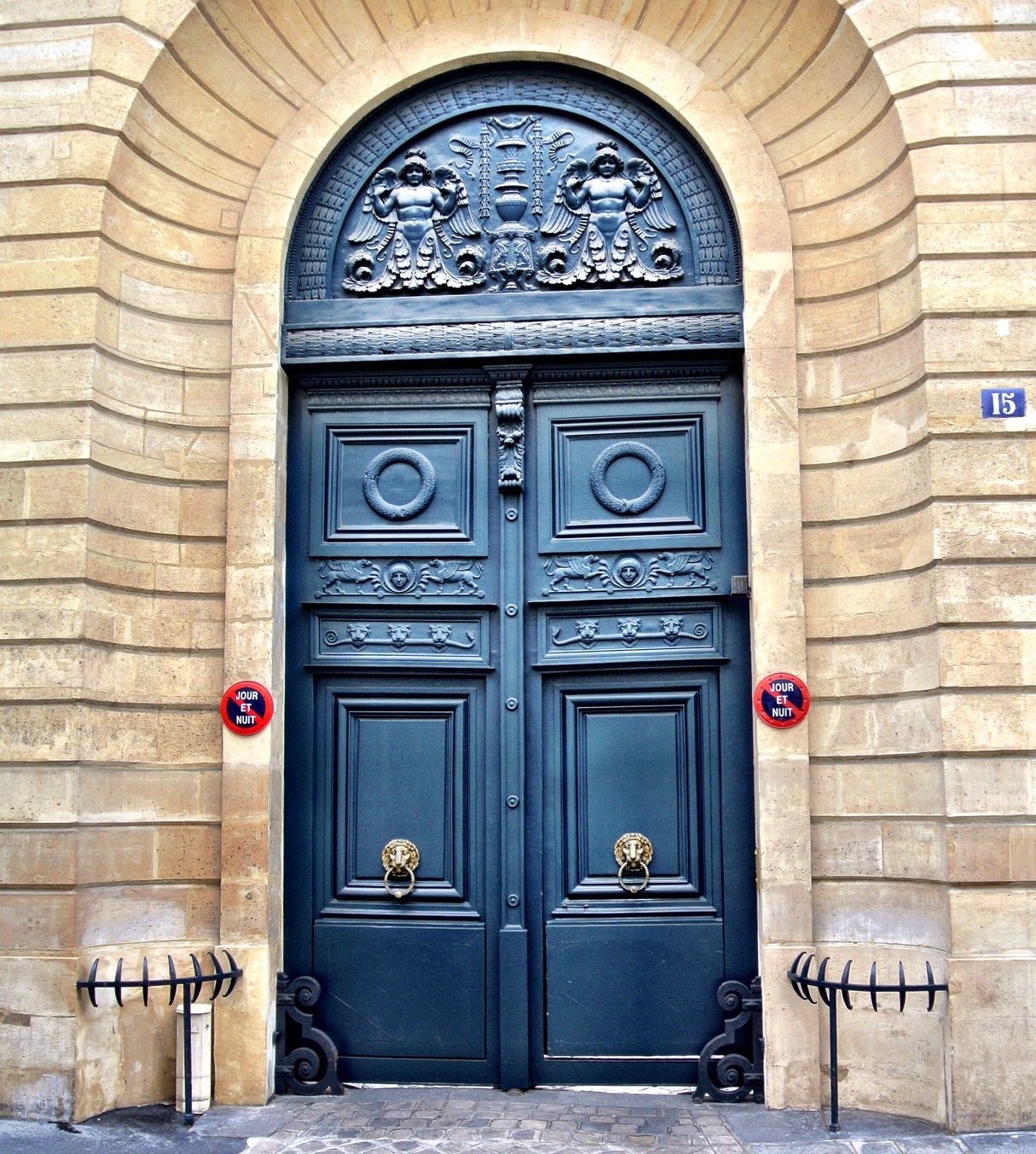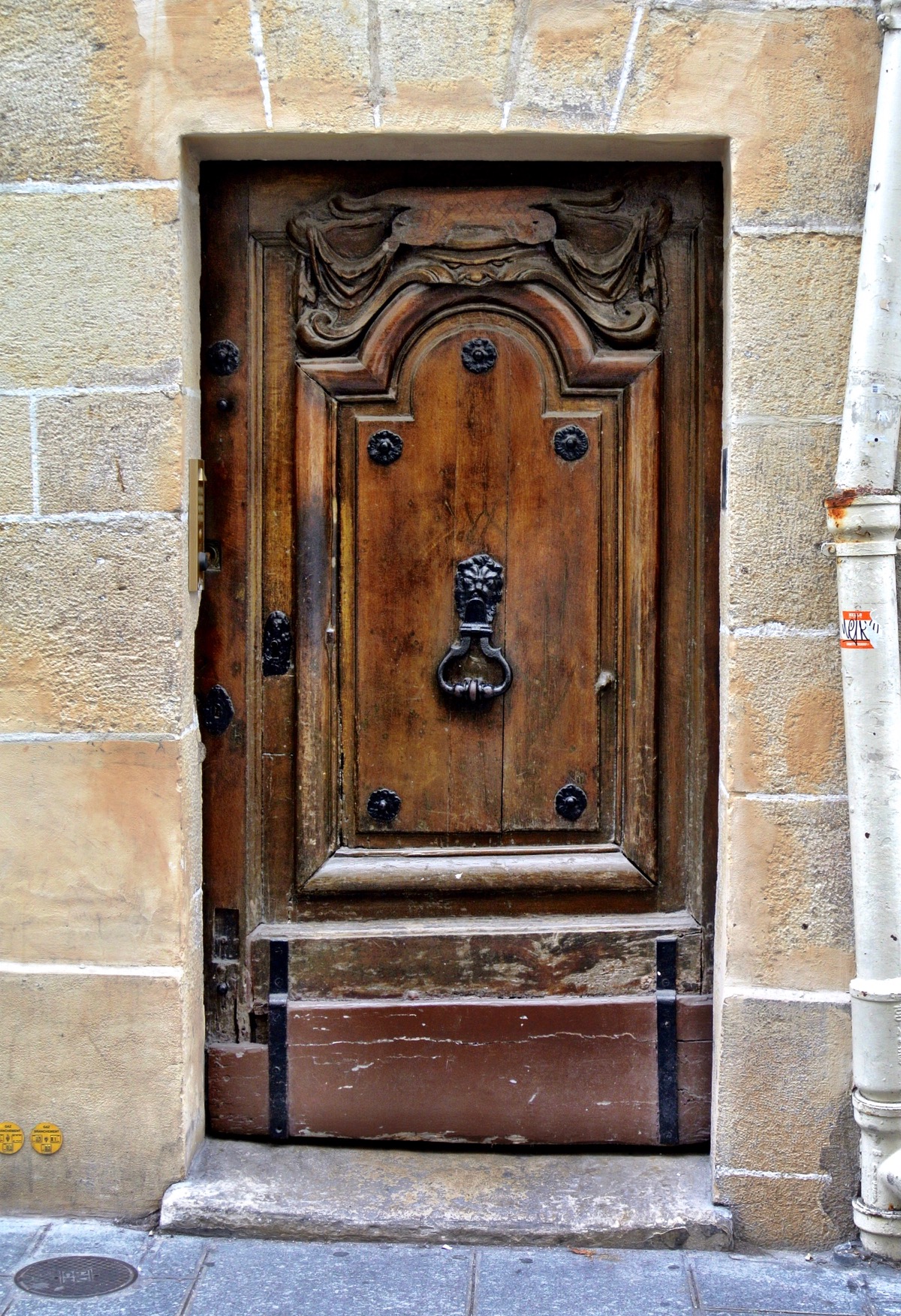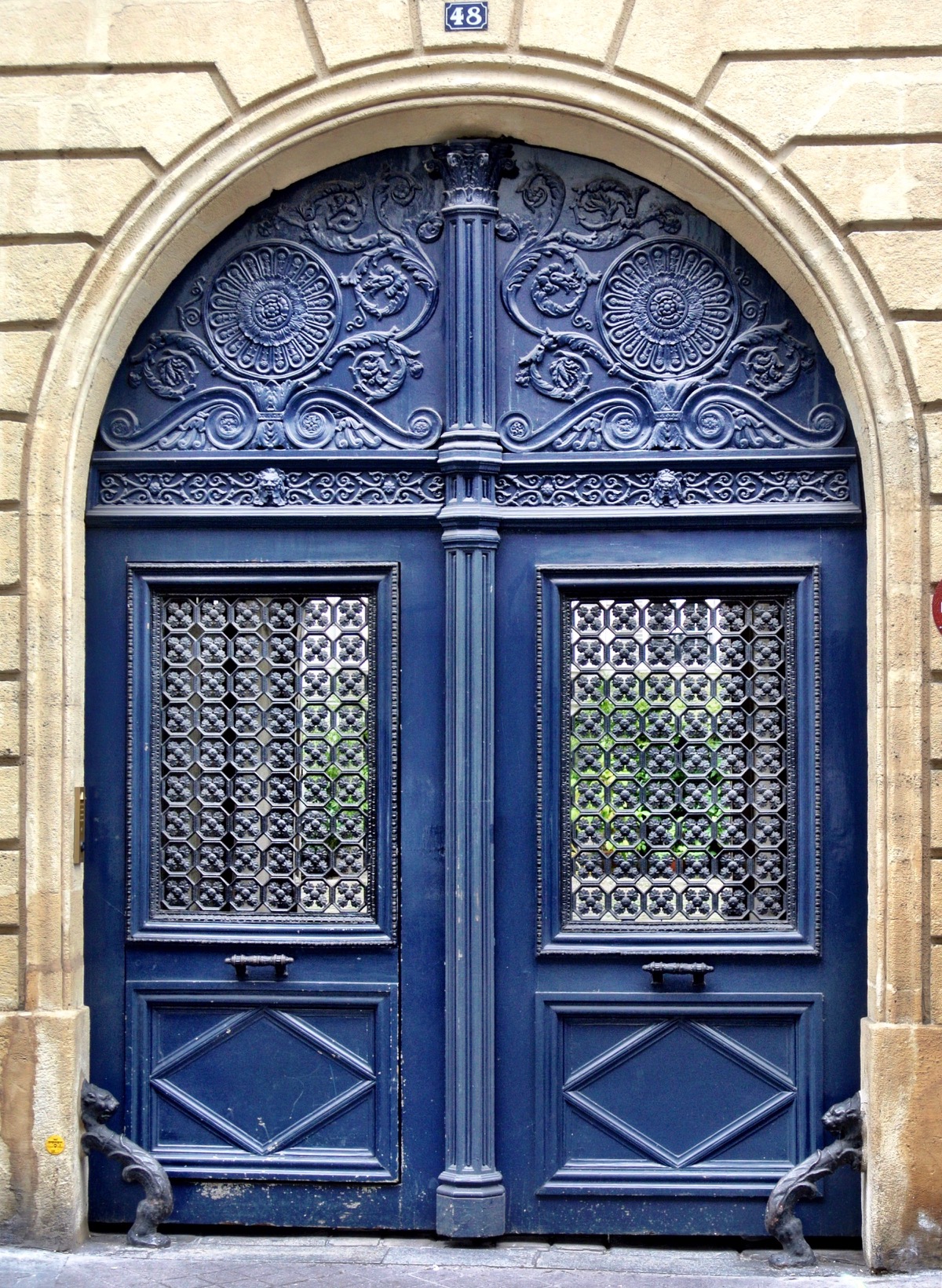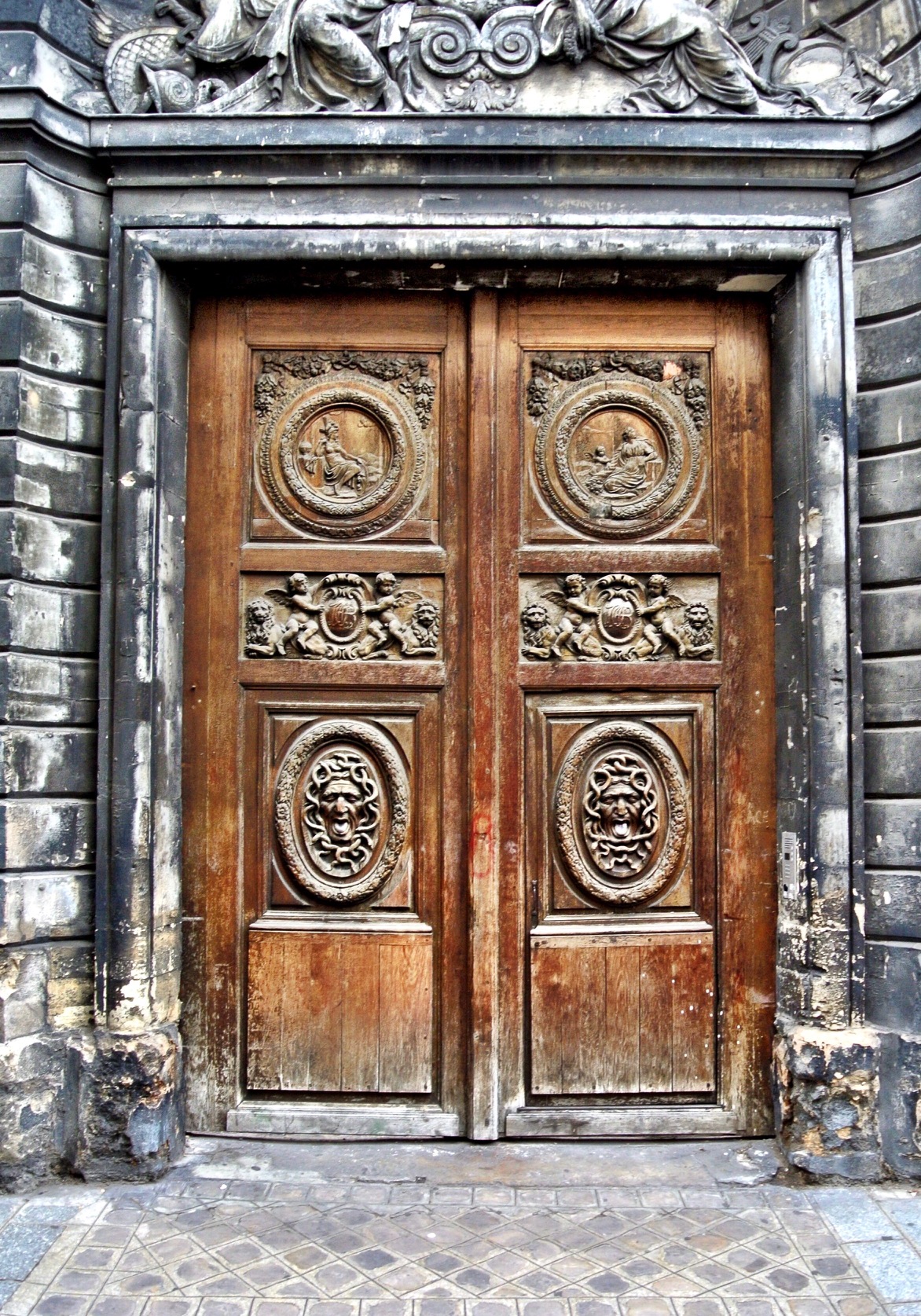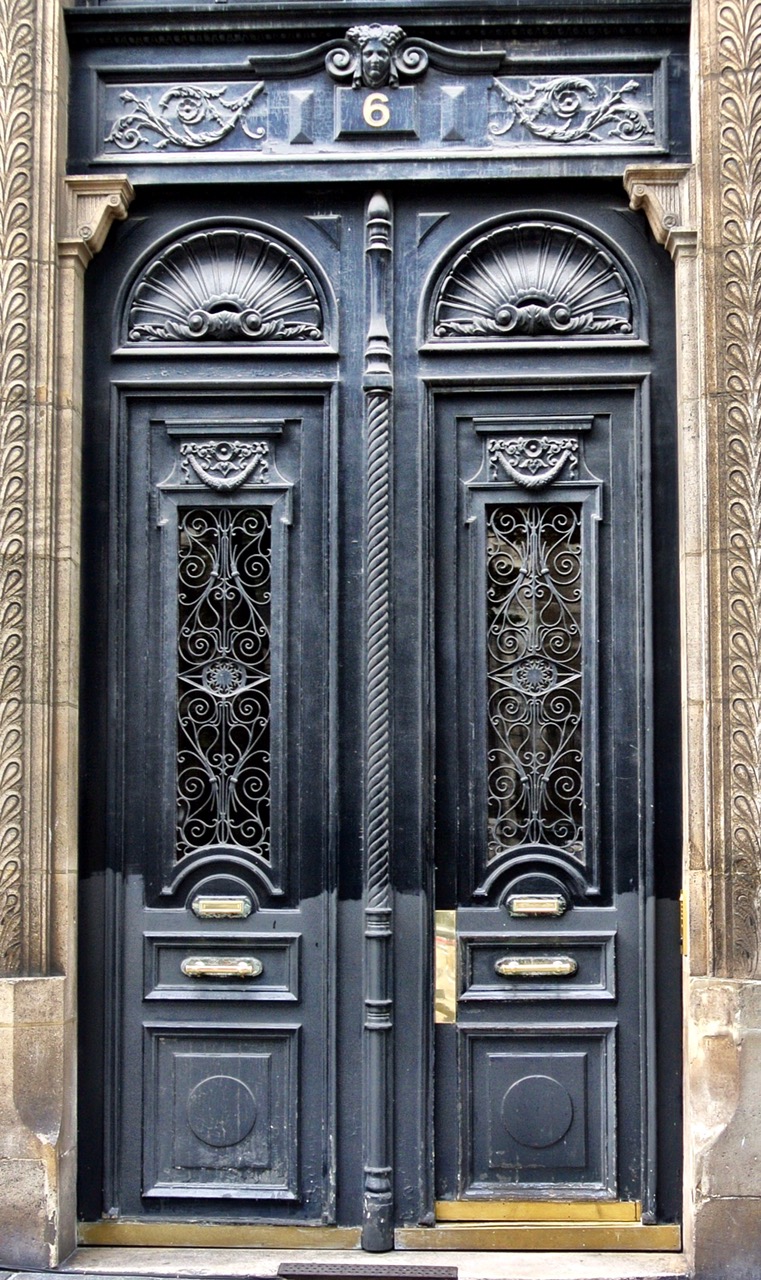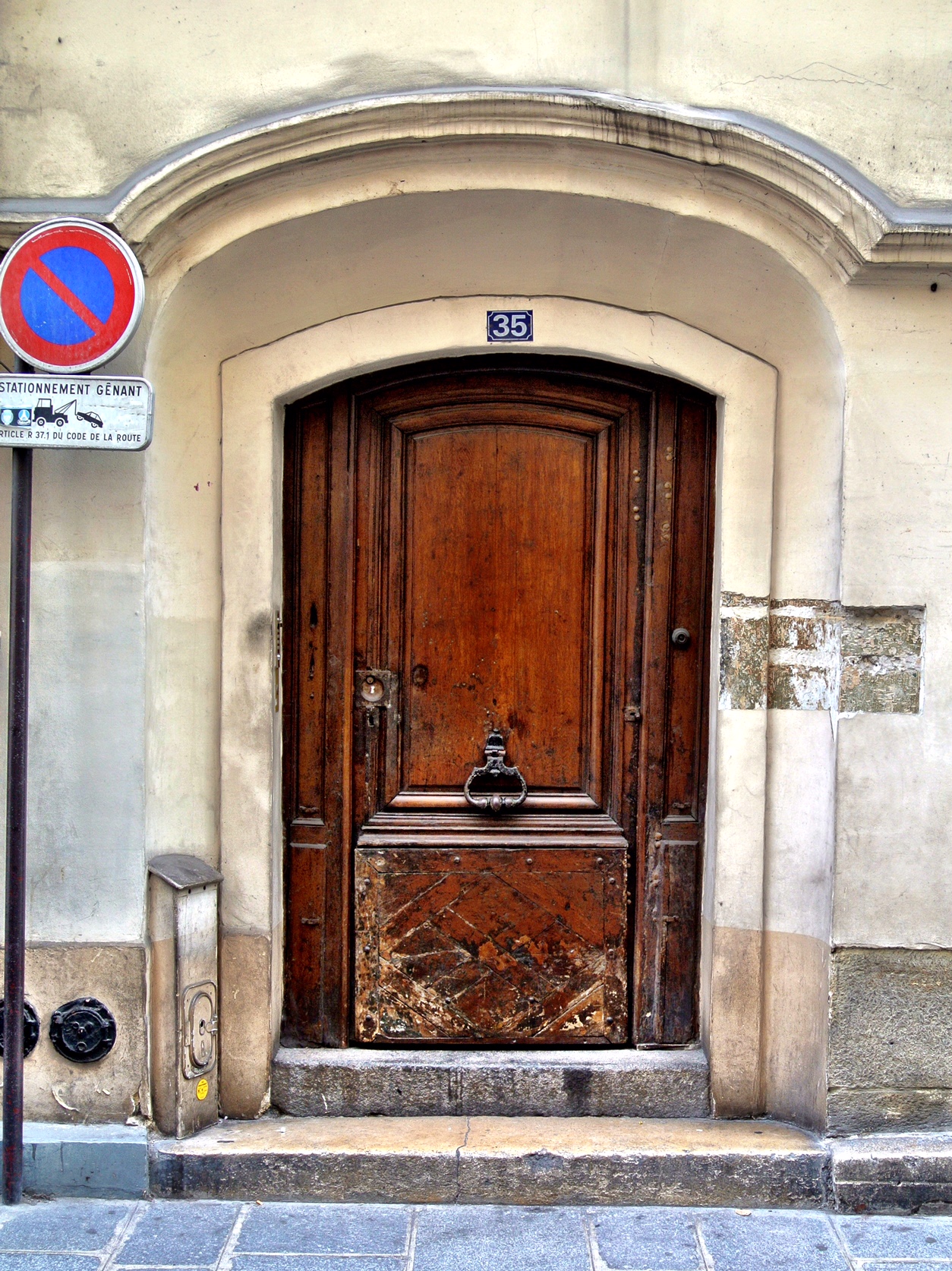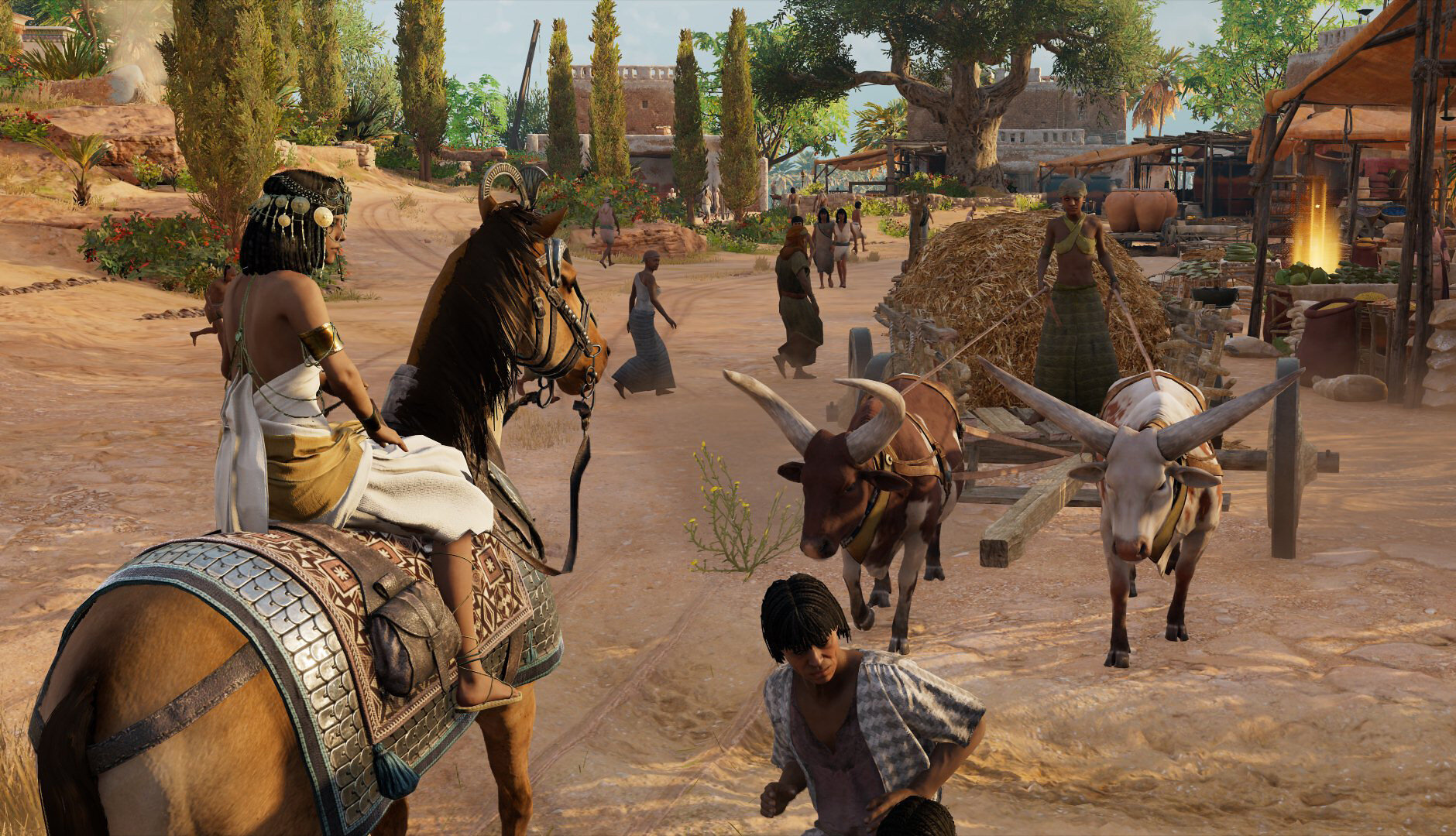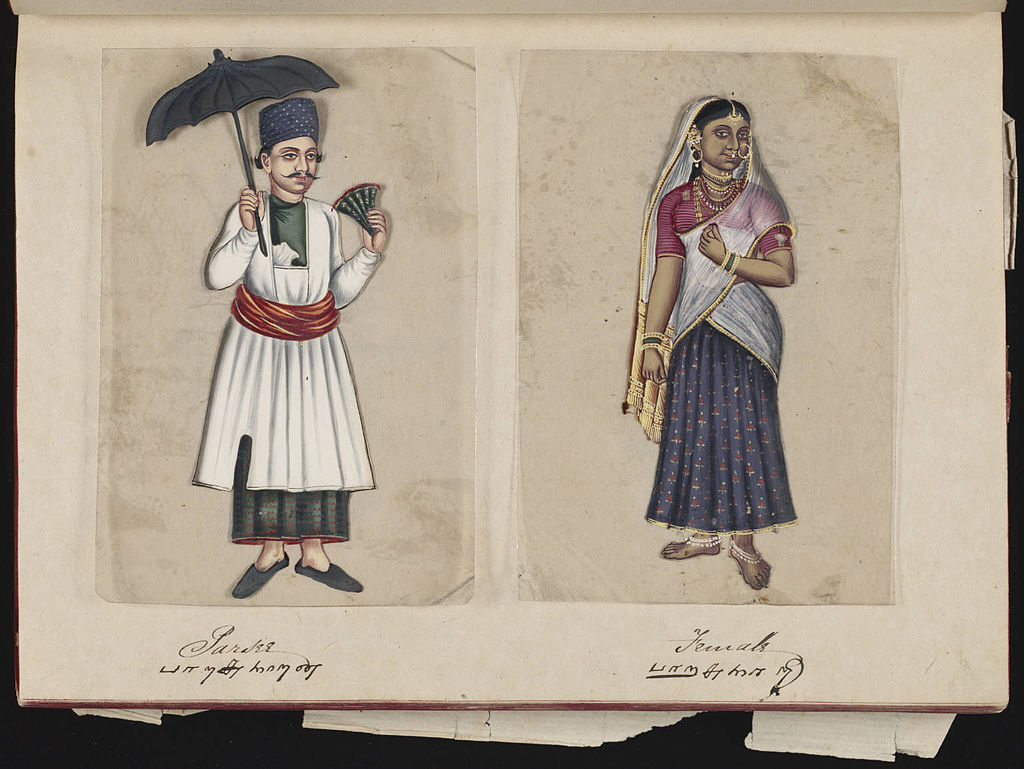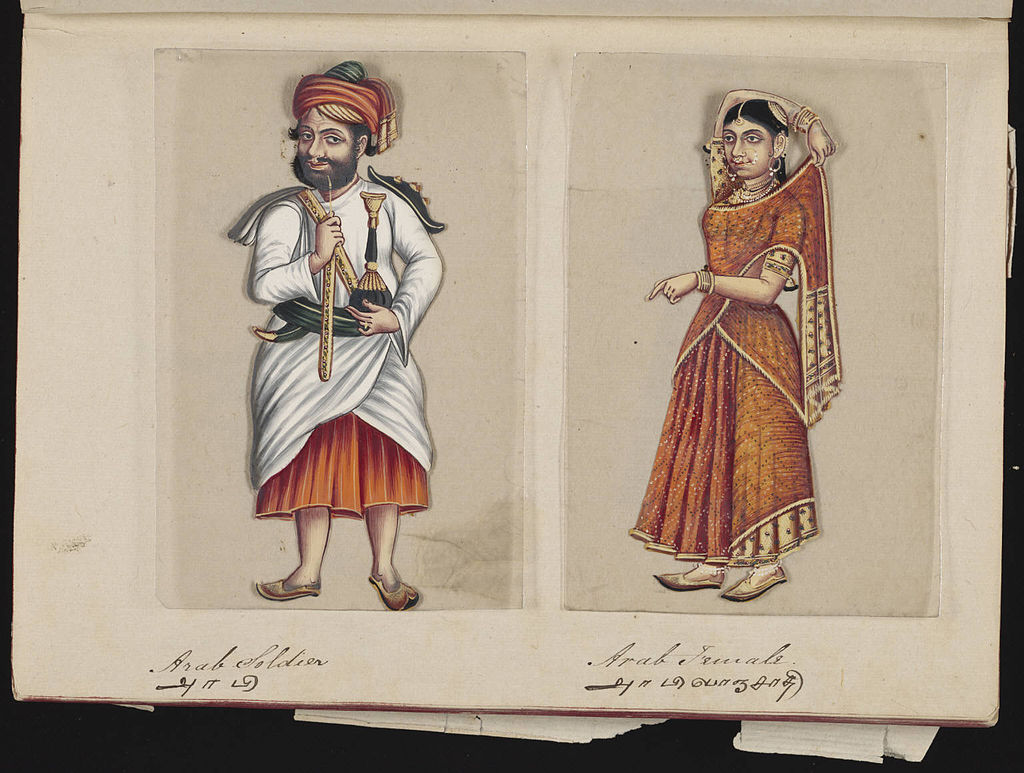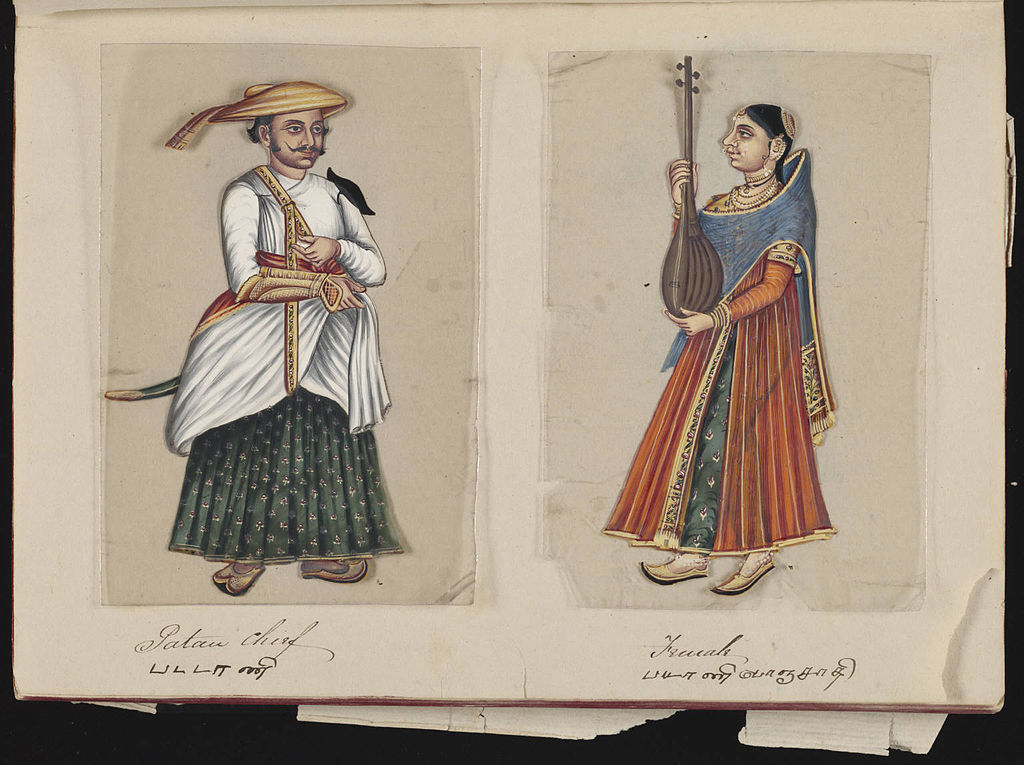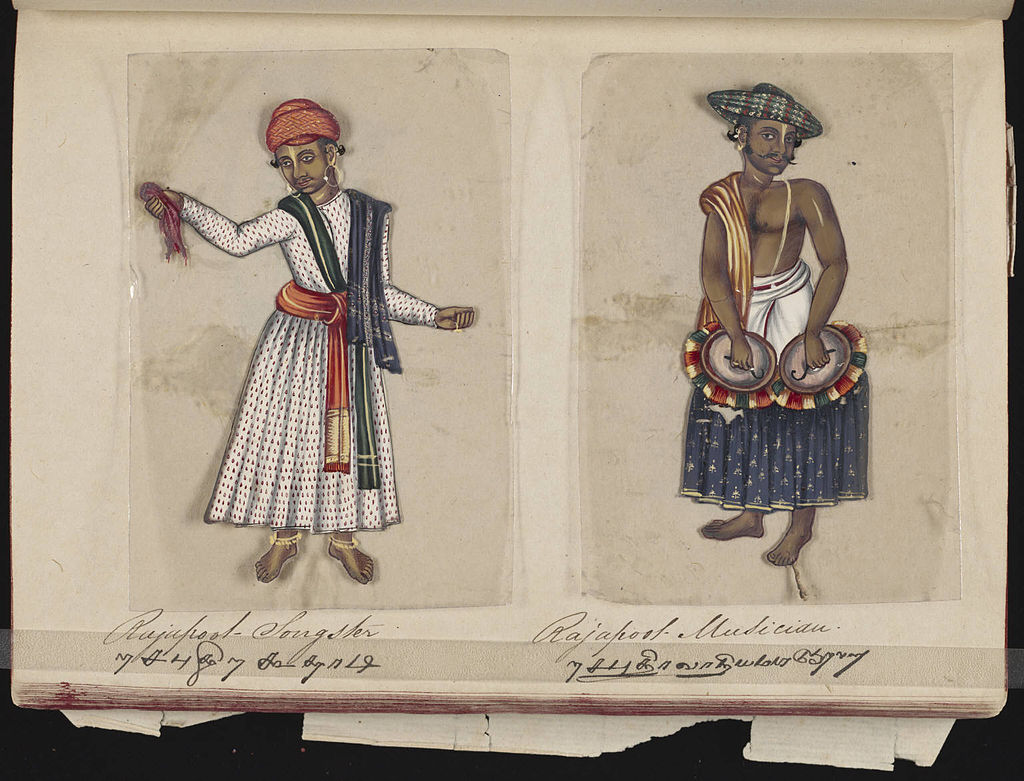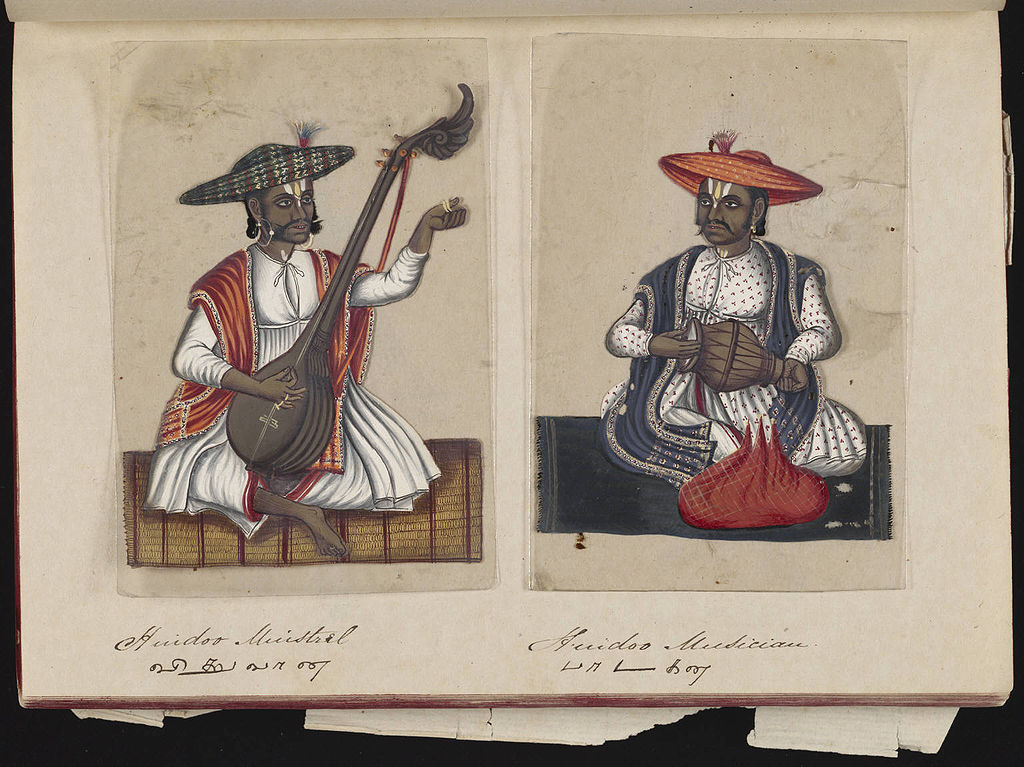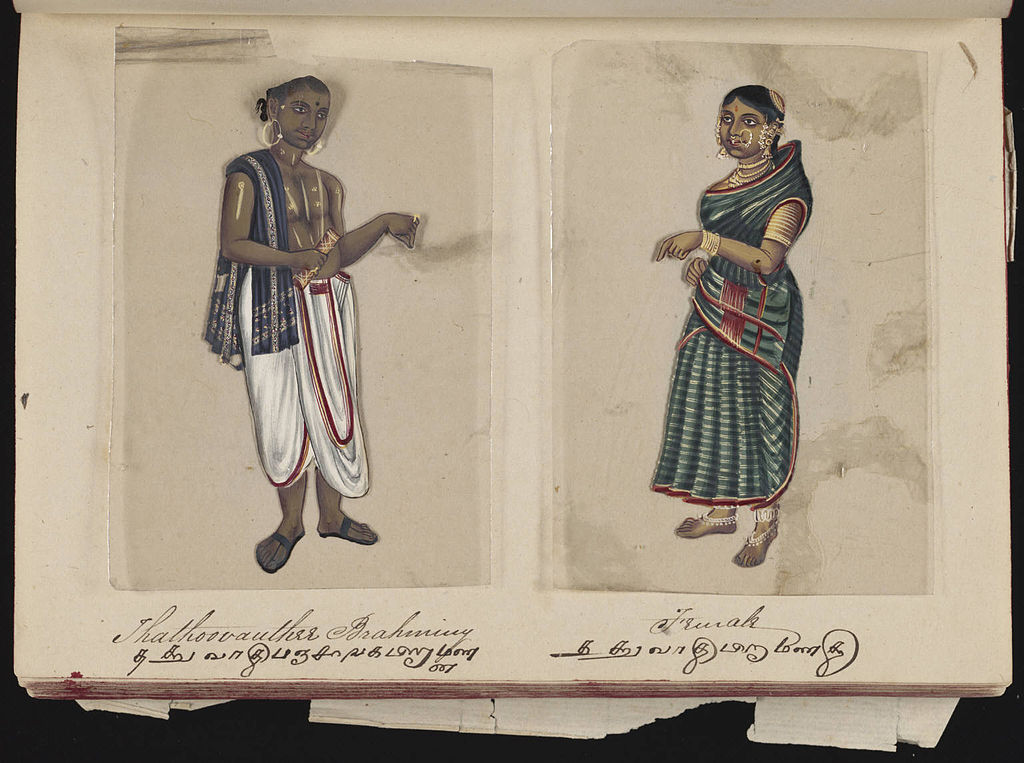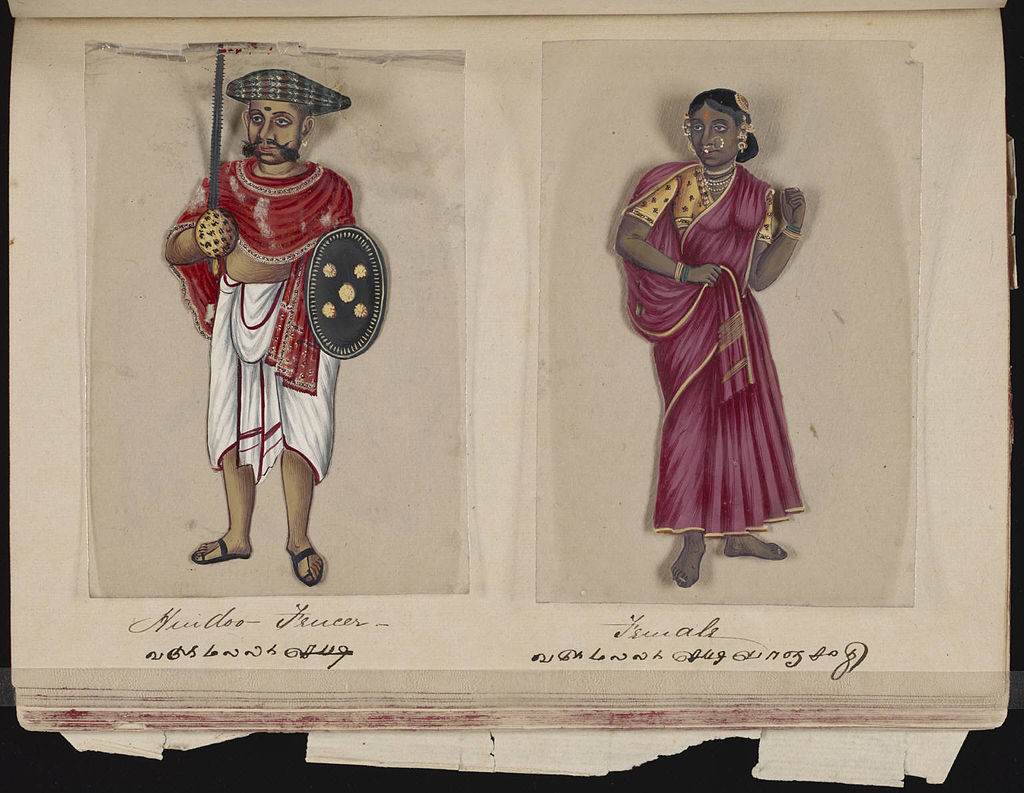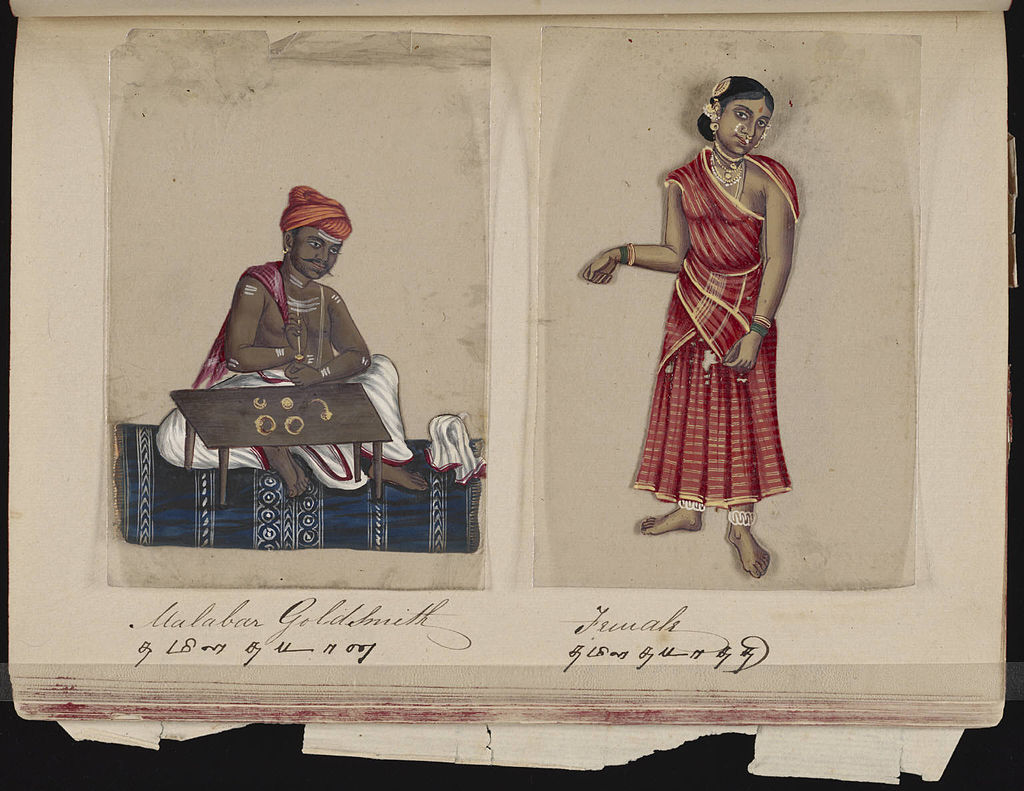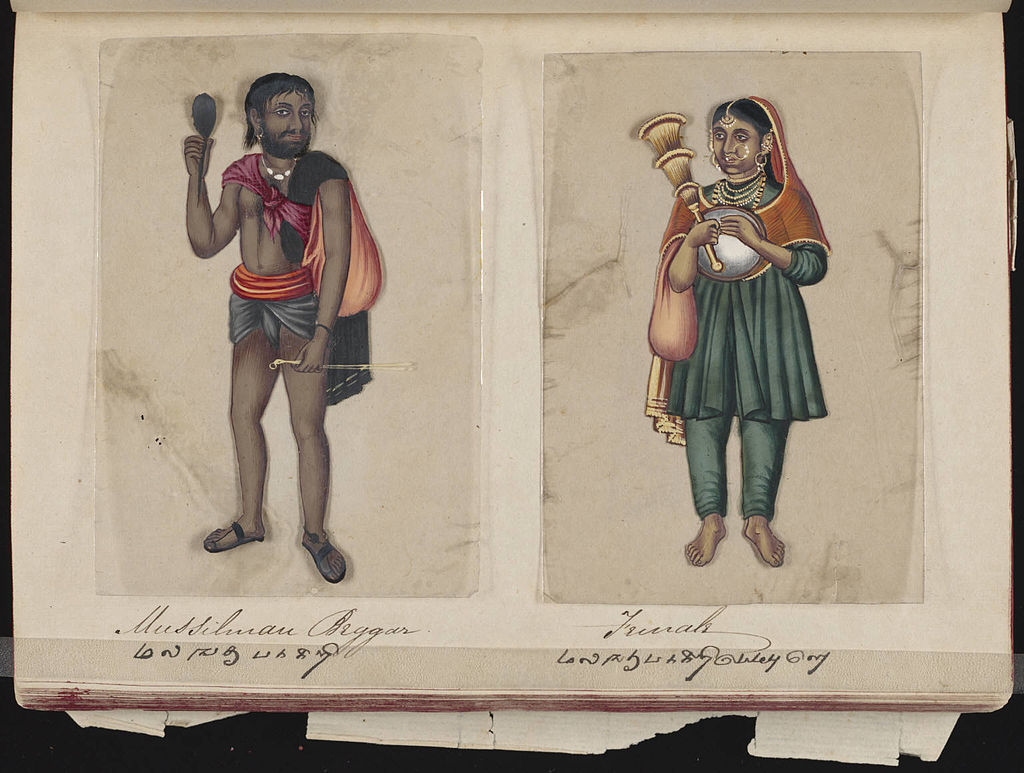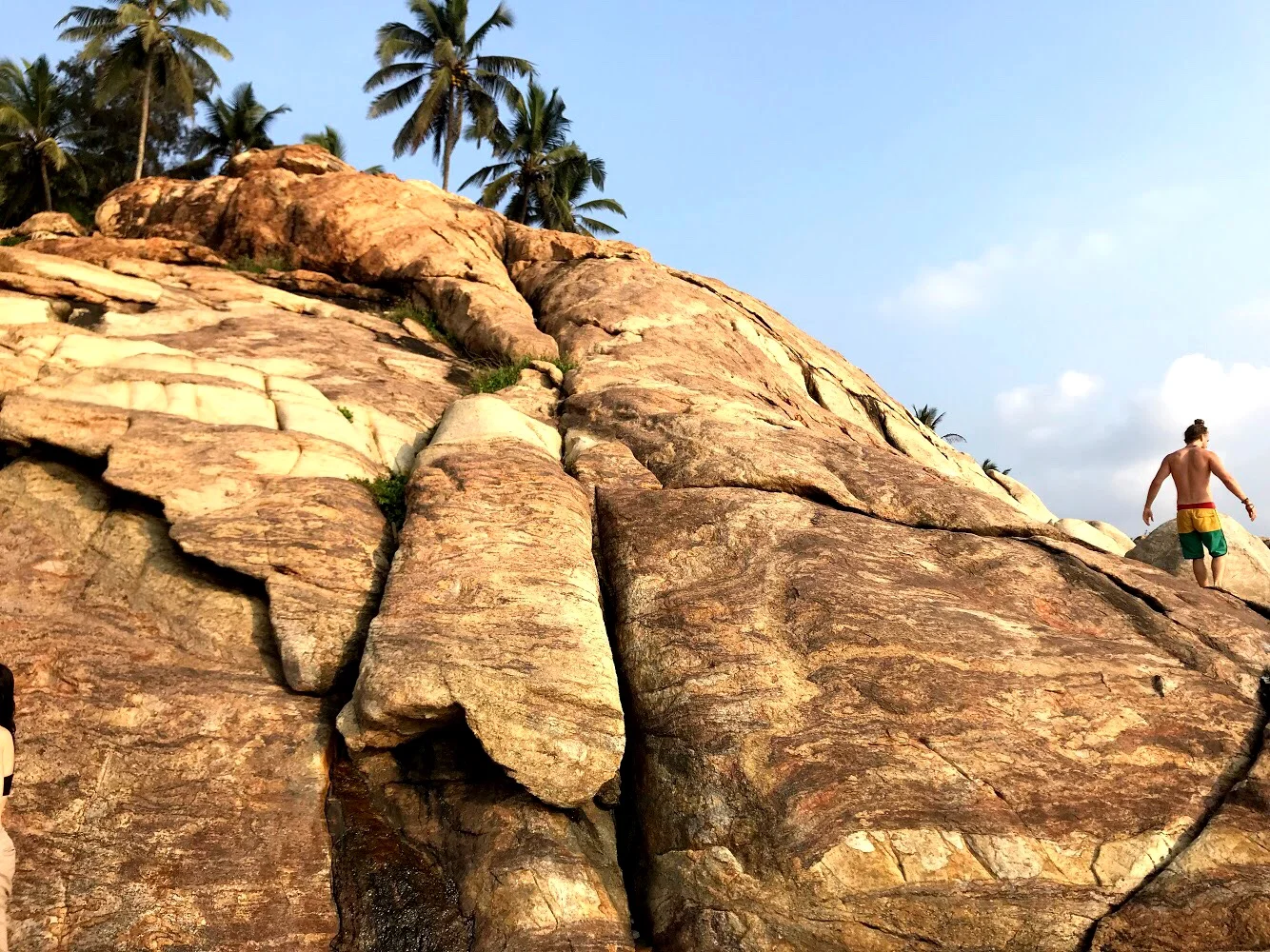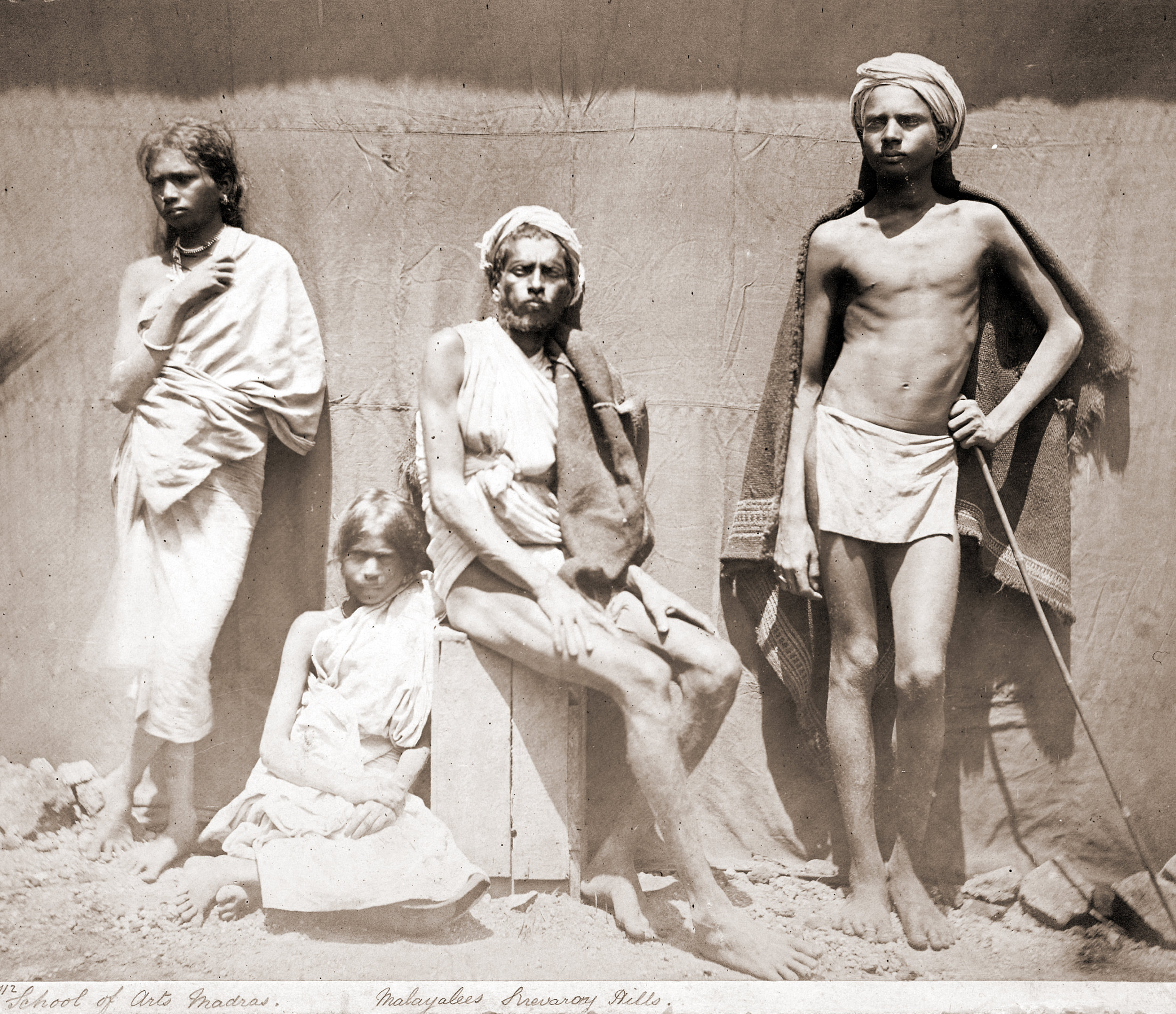Once an undesirable place to be buried, the Paris cemetery has lured many dead celebrities, starting with Moliere, Jean de la Fontaine, and Abelard and Heloise.
A day spent wandering a cemetery as cool as Père Lachaise sure makes Wally happy
Père Lachaise is the most popular cemetery in the world — and Duke can see why
Now reported as the most-visited cemetery in the world, Père Lachaise Cemetery in Paris, France, was not so when it opened in 1804. Established on the site of a former Jesuit retreat, it was originally considered too far from the city limits to be a desirable place to spend eternity.
In addition to location, the land where it stood had not yet been blessed by the Church, thus deterring Roman Catholics from burying their relatives here. In fact, the cemetery contained only 13 graves in its first year.
“The citizens of Paris began clamoring to be buried among the famous folk. ”
Headstones of the Dead and Famous
Because death is also a business, the administrators needed to find a way to attract the citizens of Paris to want to be buried there. With great fanfare, they devised a plan: They arranged the transfer of the remains of Jean de la Fontaine, famous for his Fables, and Molière, who wrote comedic plays, including Tartuffe and The Misanthrope. The campaign showed results, and in 1817, the remains of the legendary lovers Abélard and Hélöise were also transferred there. Again, the strategy proved successful, as the citizens of Paris began clamoring to be buried among these famous folk.
For a list of some of the most famous “residents” of Père Lachaise and how to make a game of honoring them, read our previous post.
The columbarium and cremation house were built in 1894 and designed by Jean Camille Formigé in a Neo-Byzantine style.
Vandalism is rampant throughout this immense space. Old family crypts have been pried open, their interior windows of stained glass broken or altogether missing.
The most moving memorials to me were those dedicated to the Jews deported to Nazi death camps.
Père Lachaise is filled with remarkable works of art and has become a hotspot for the dead and living alike. –Duke

